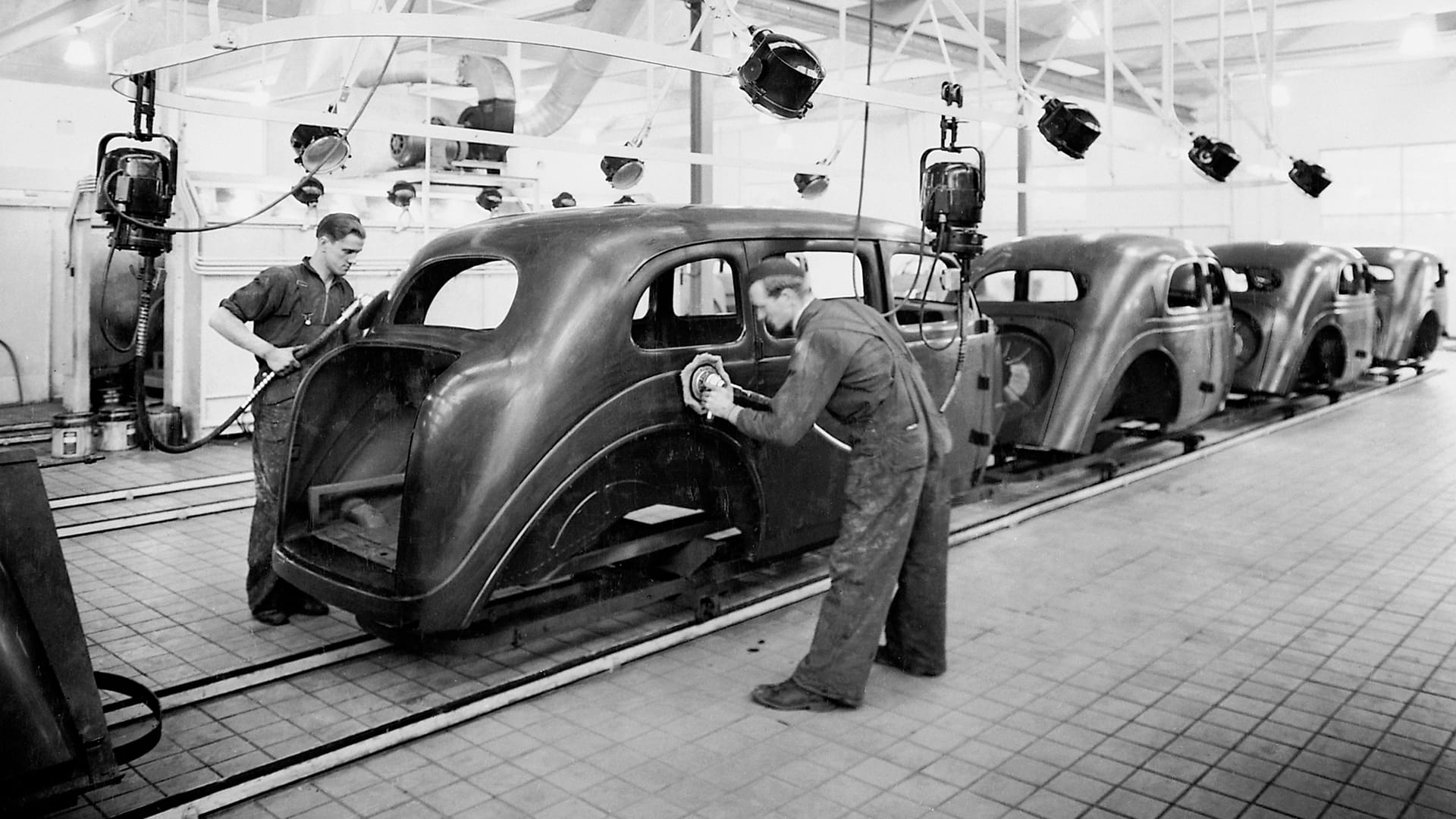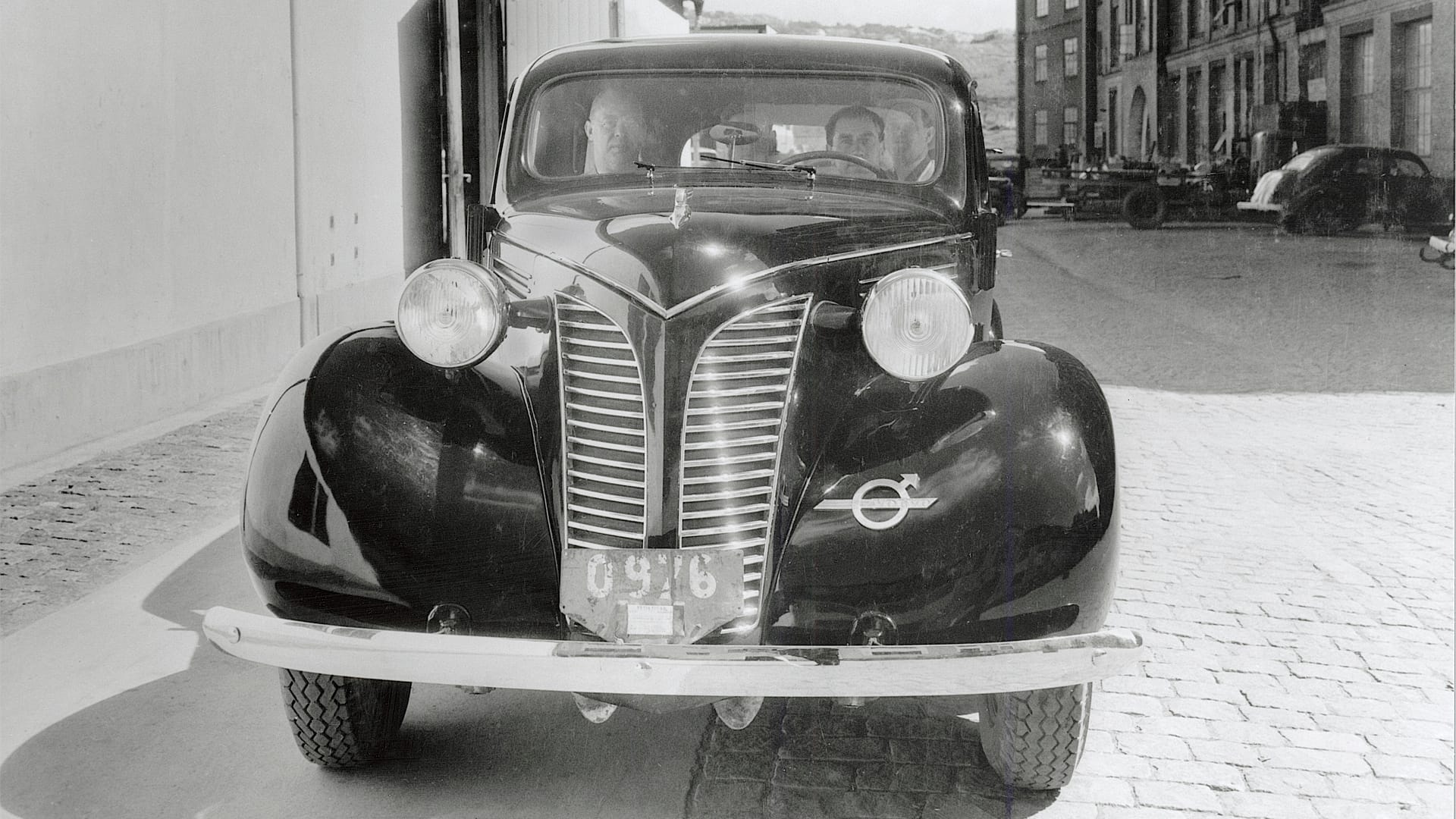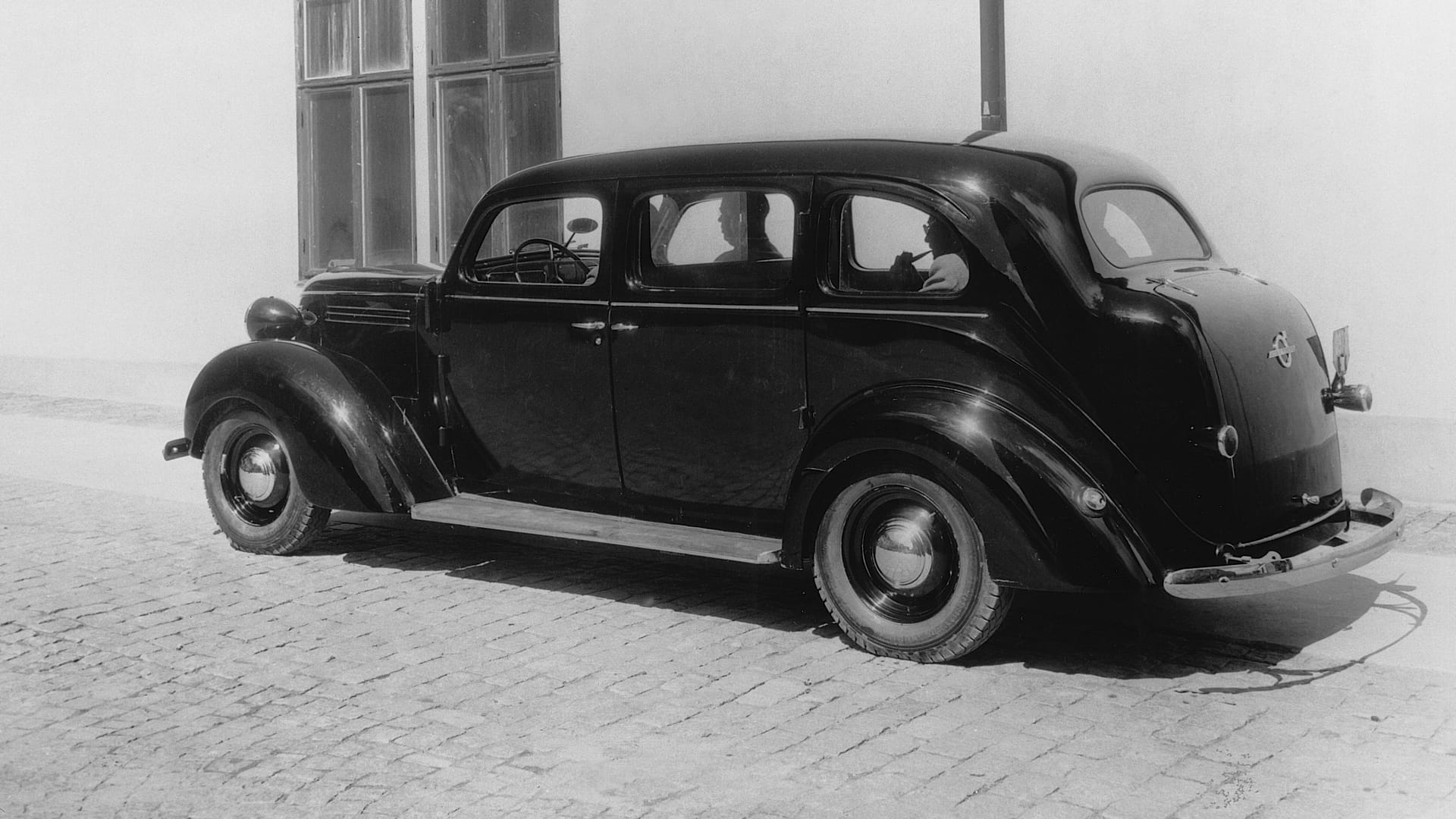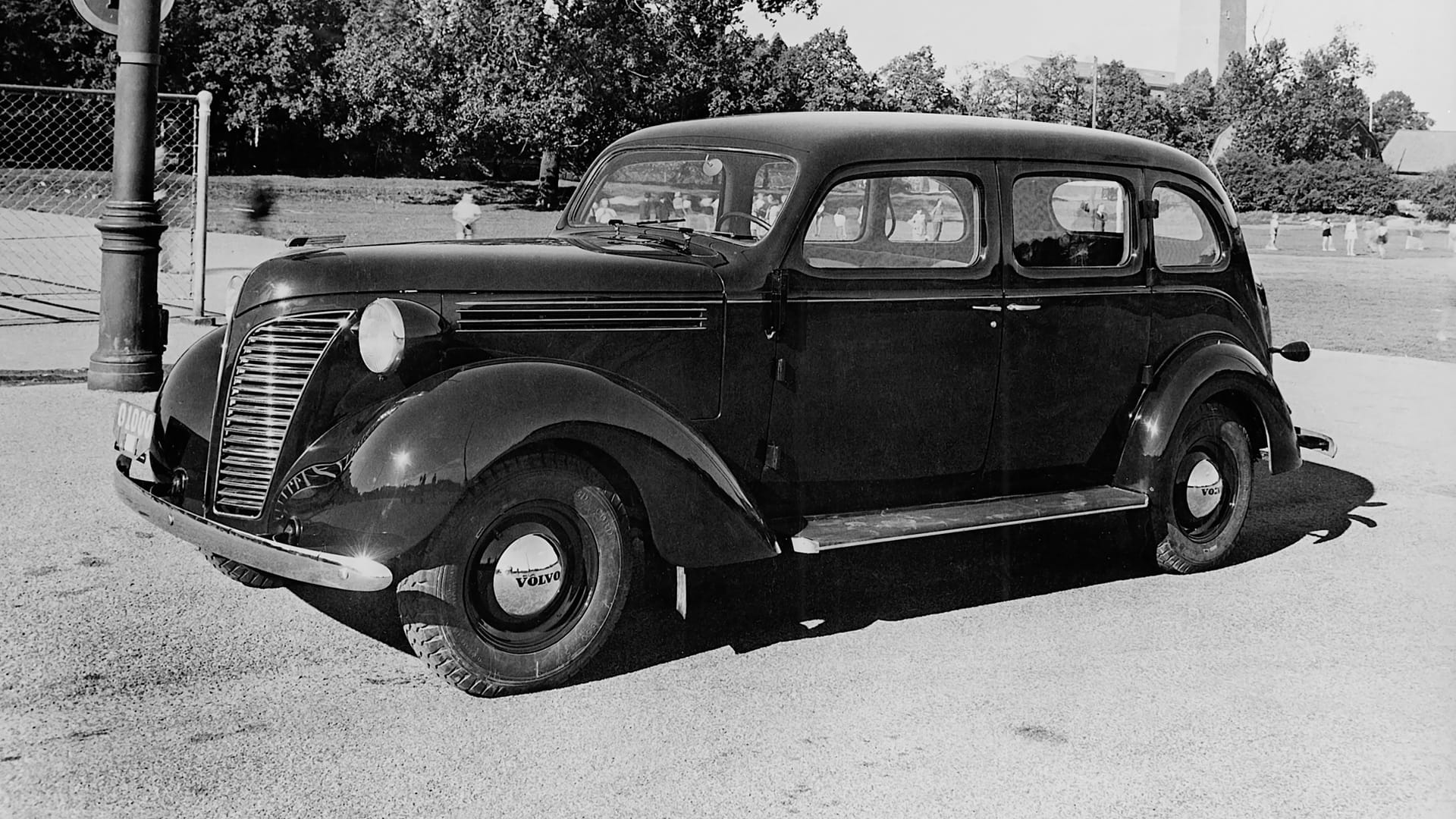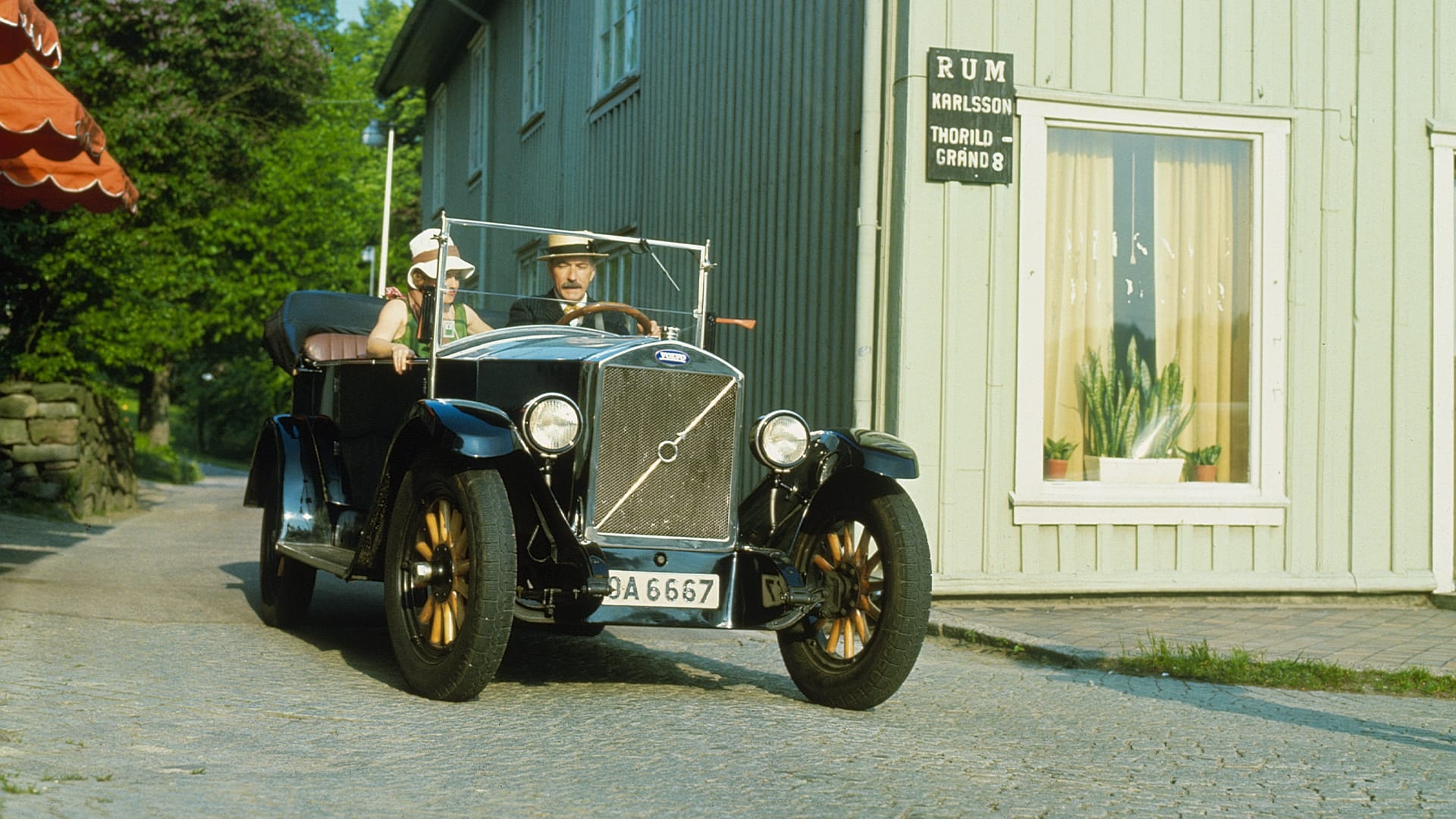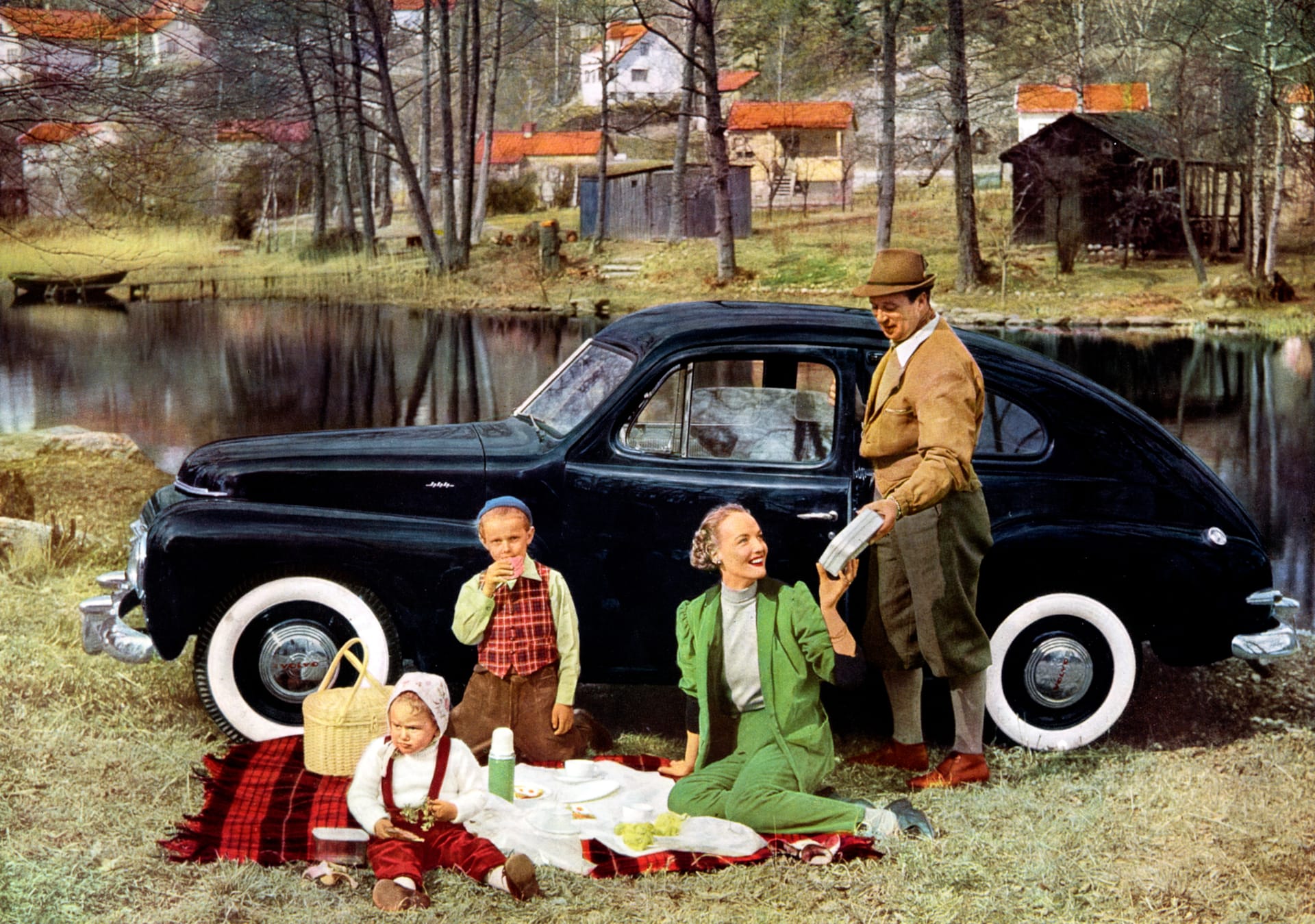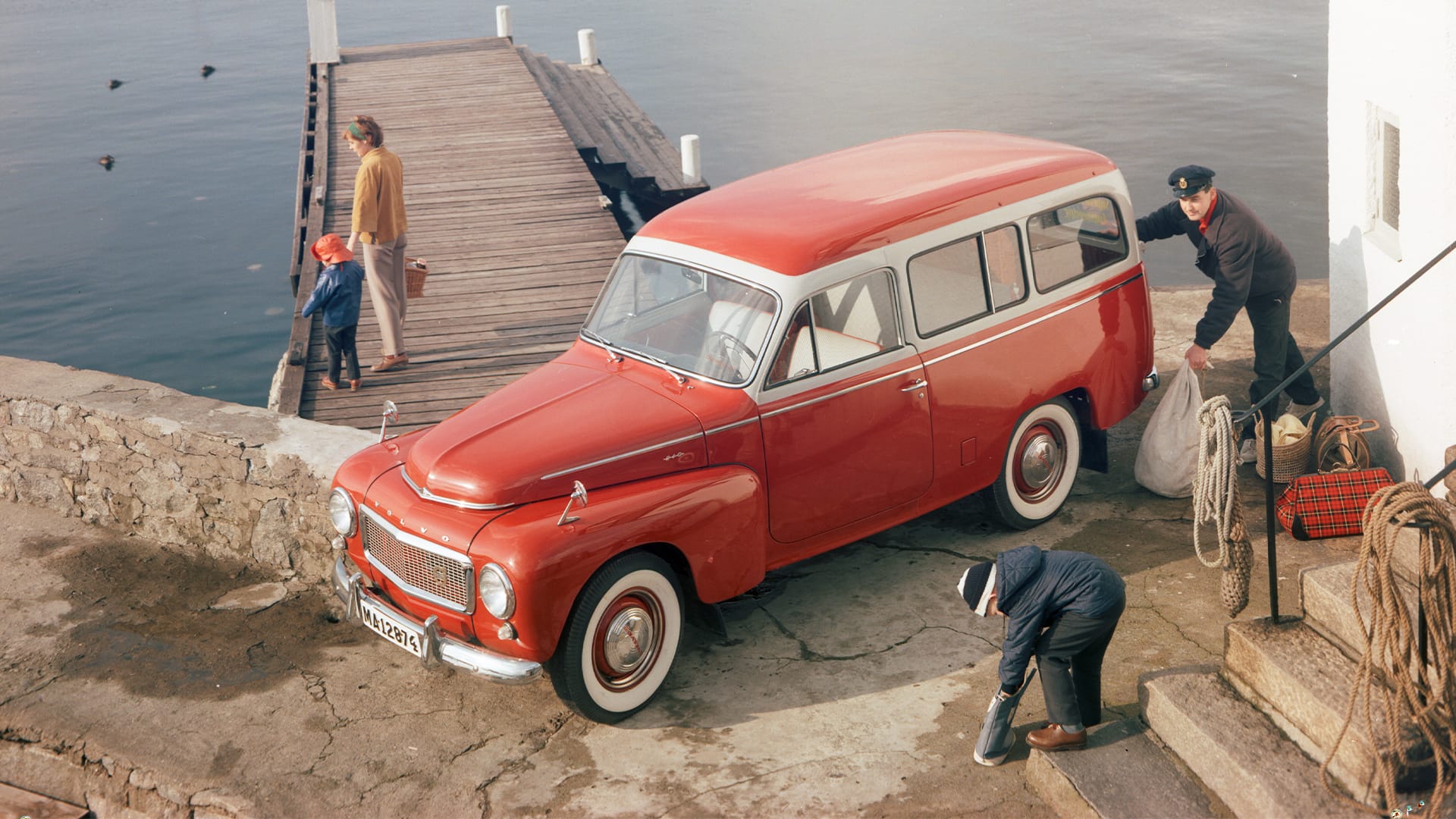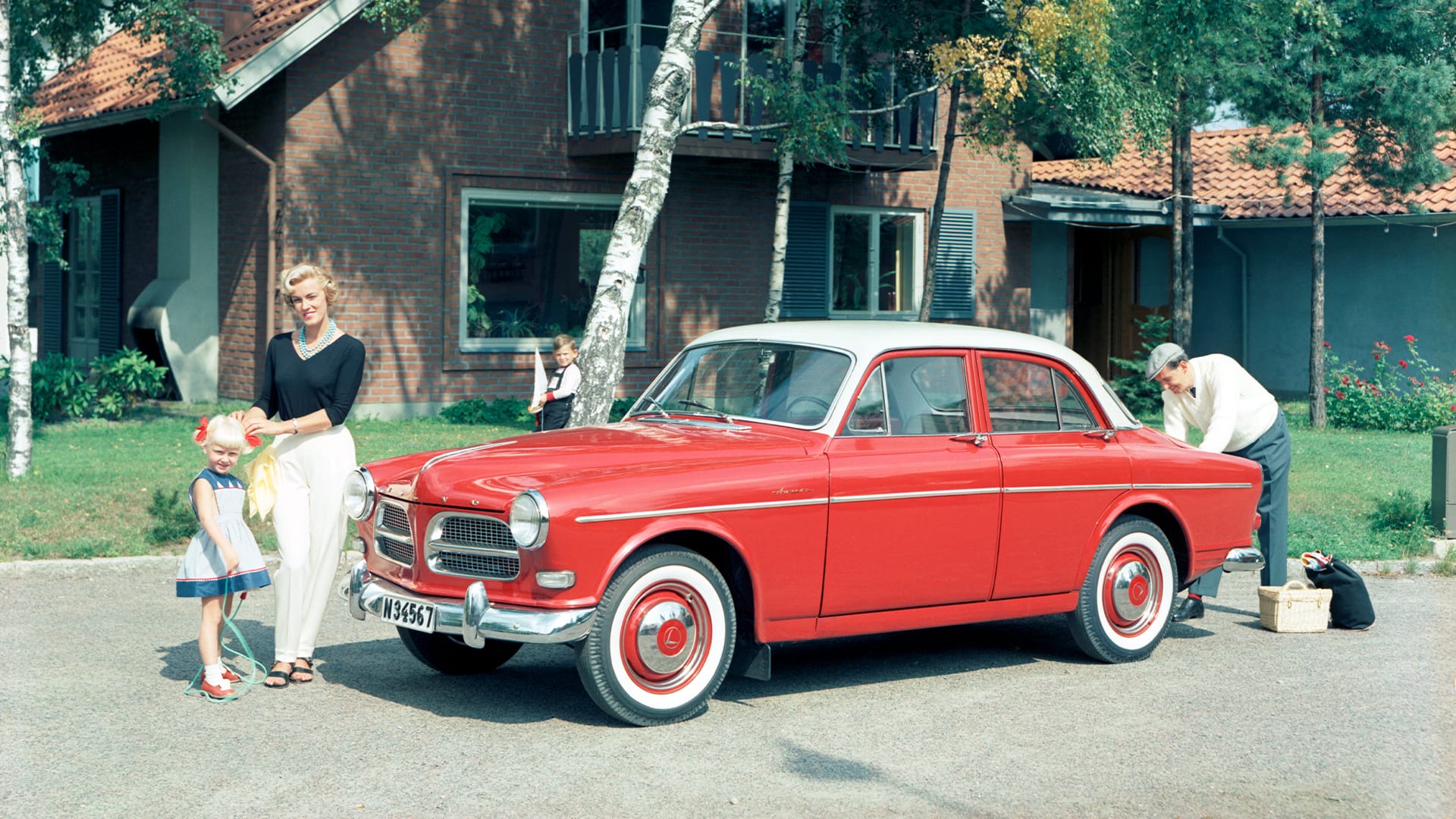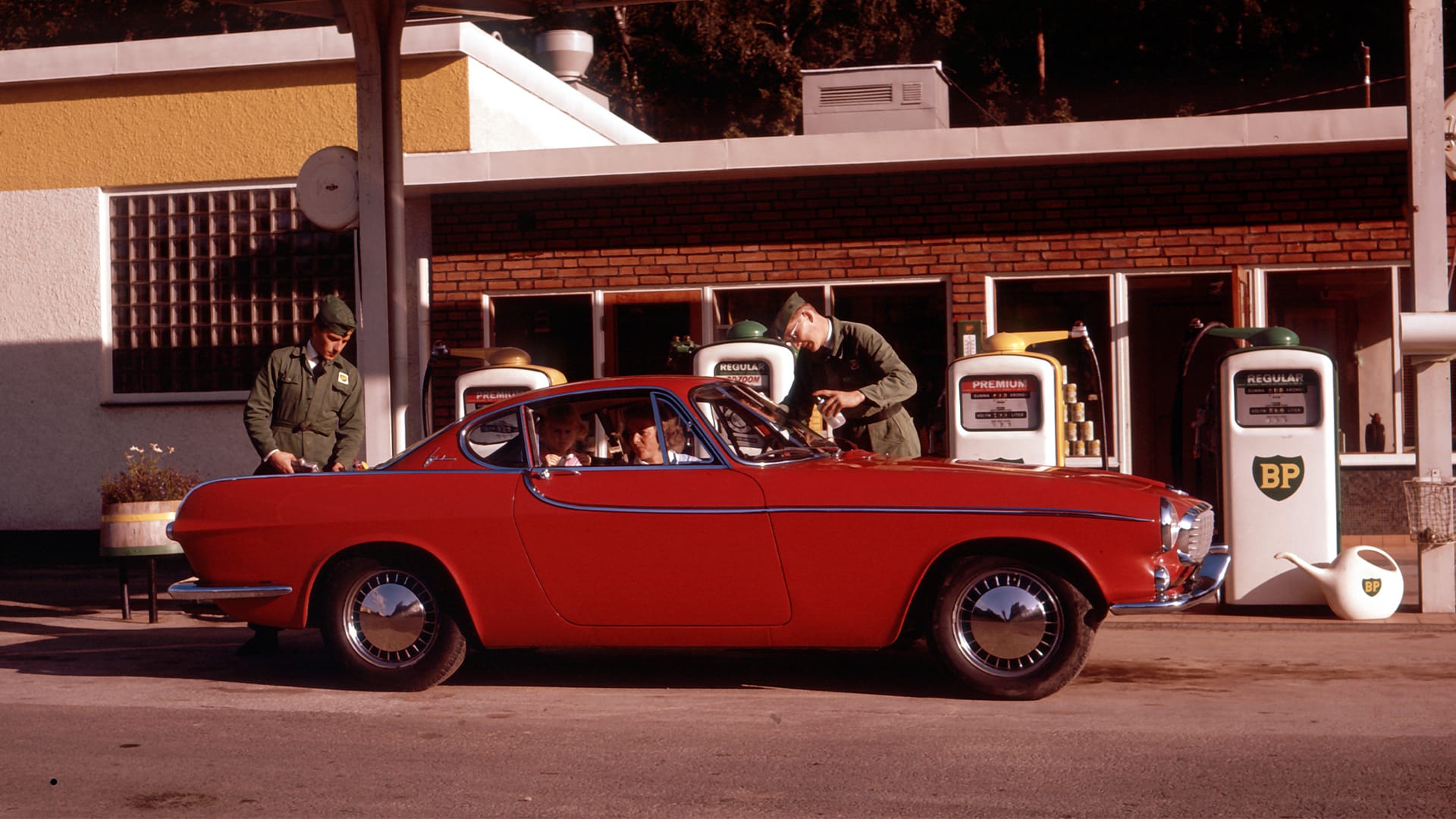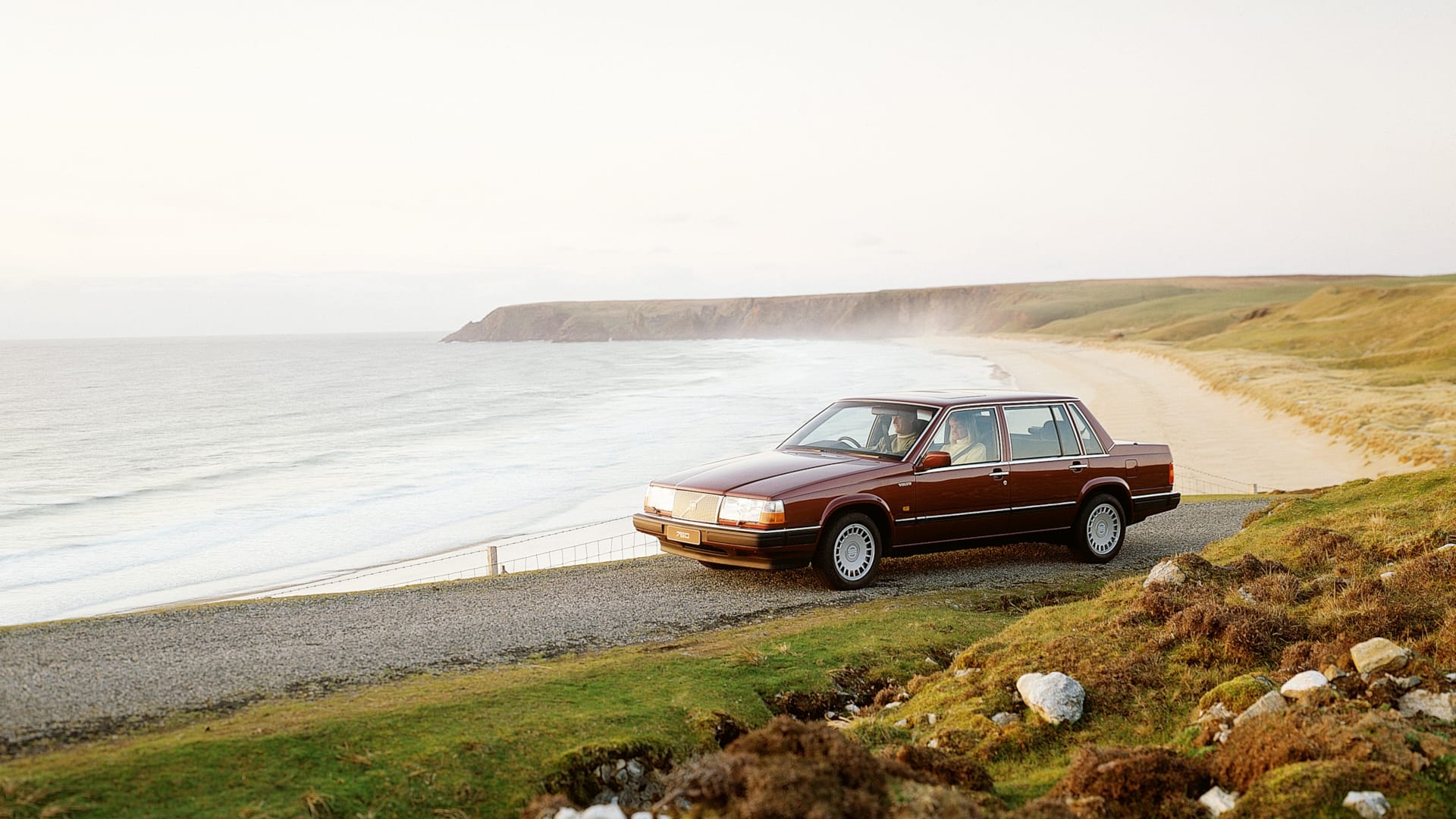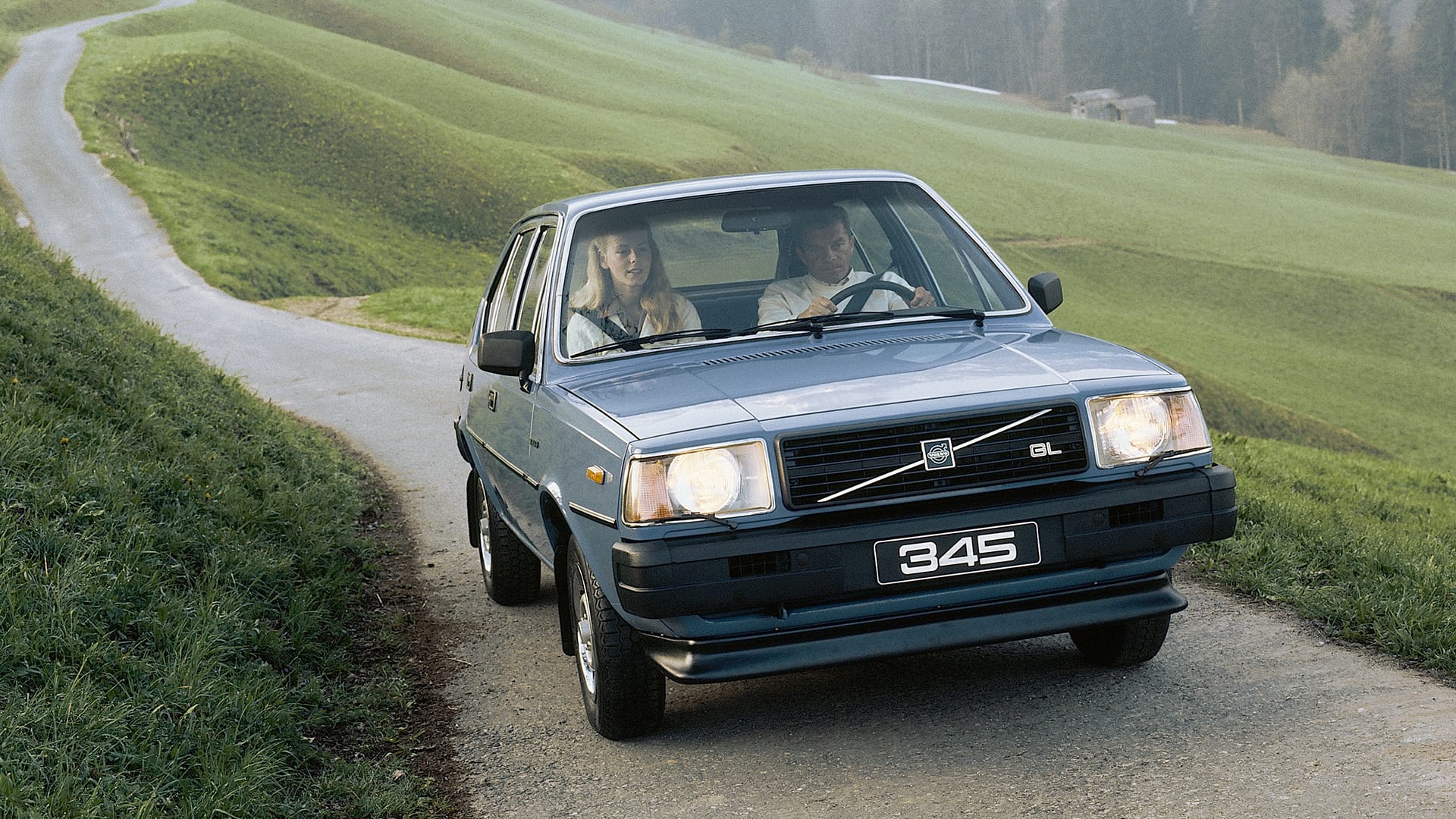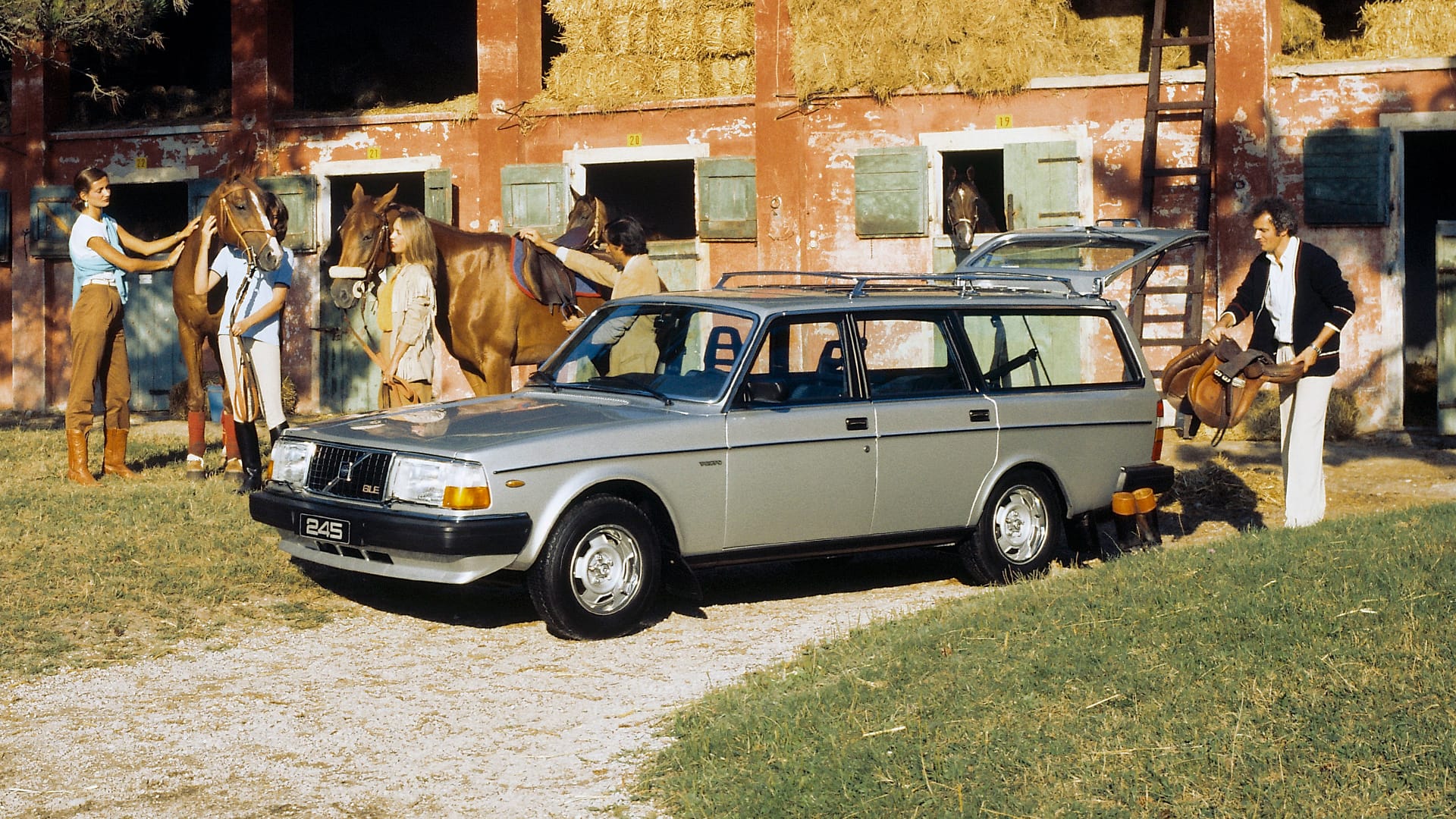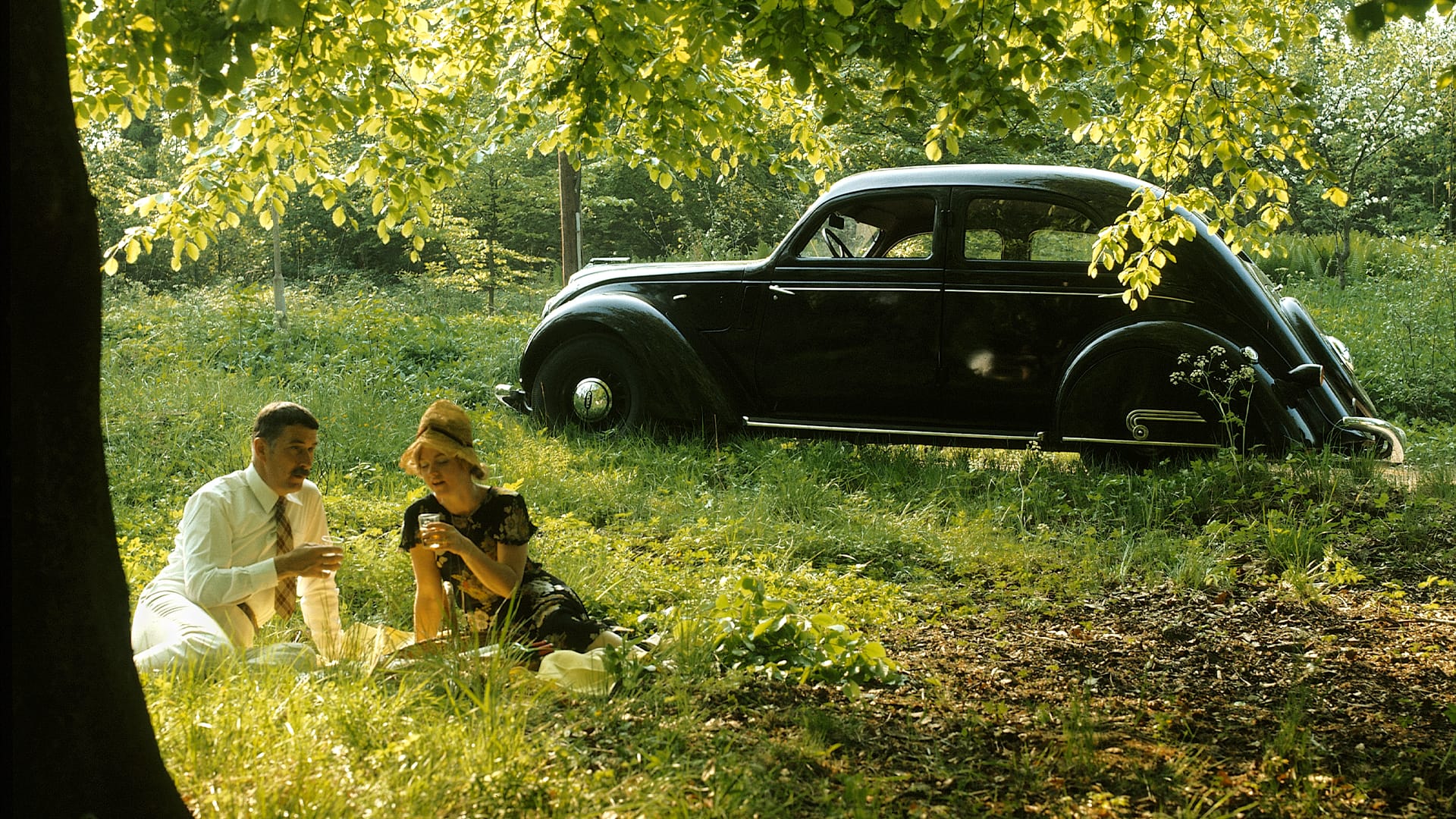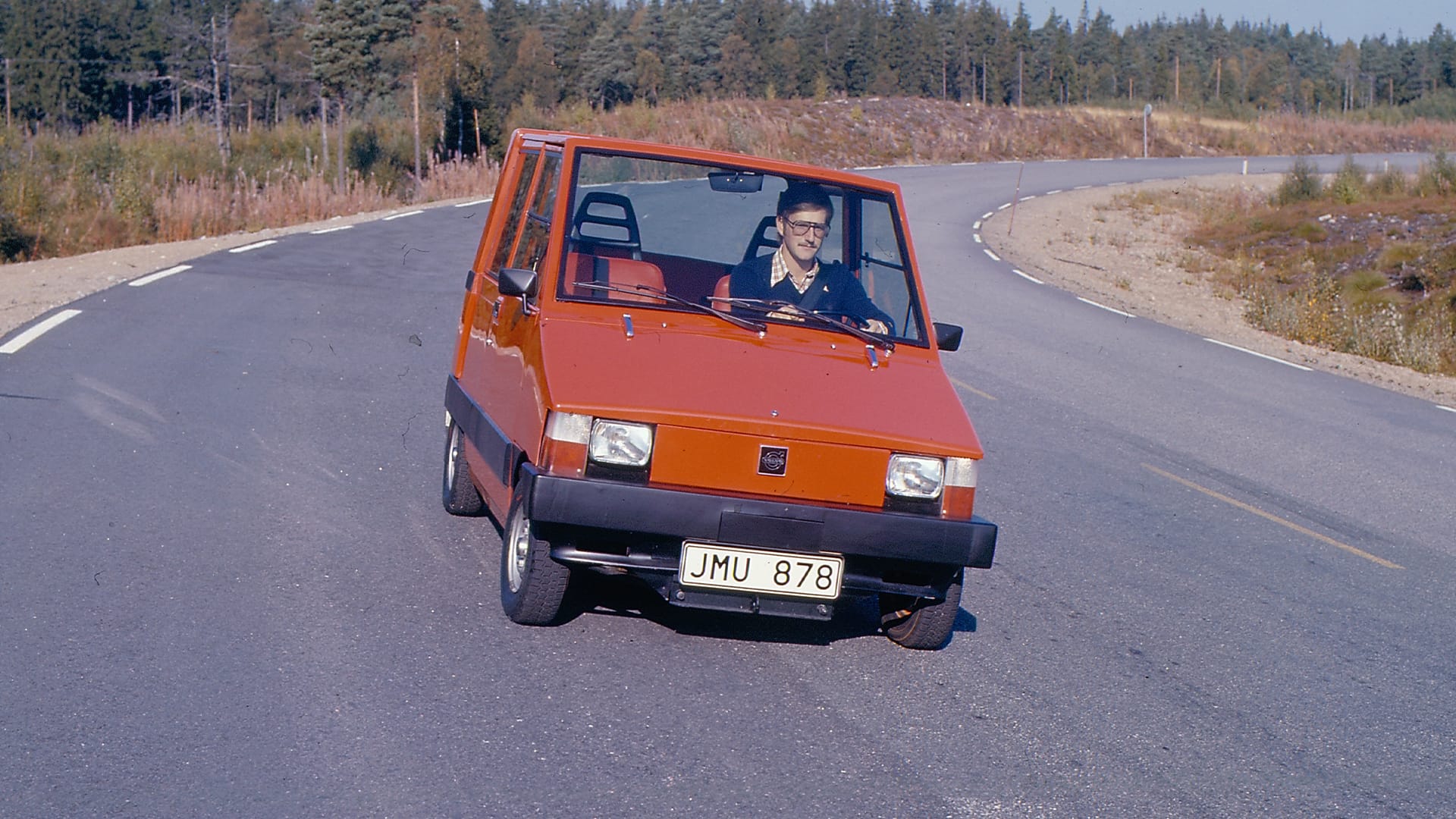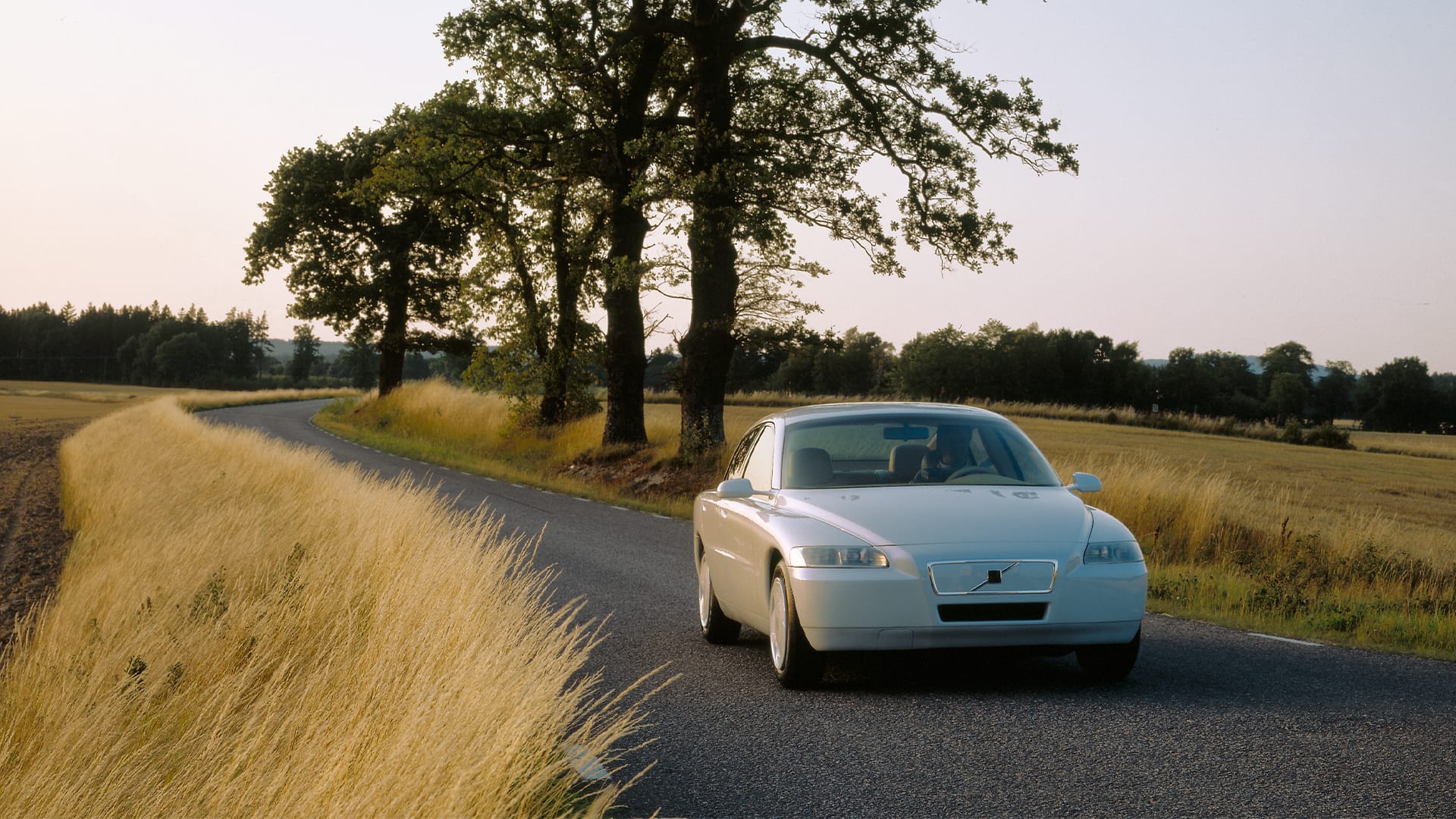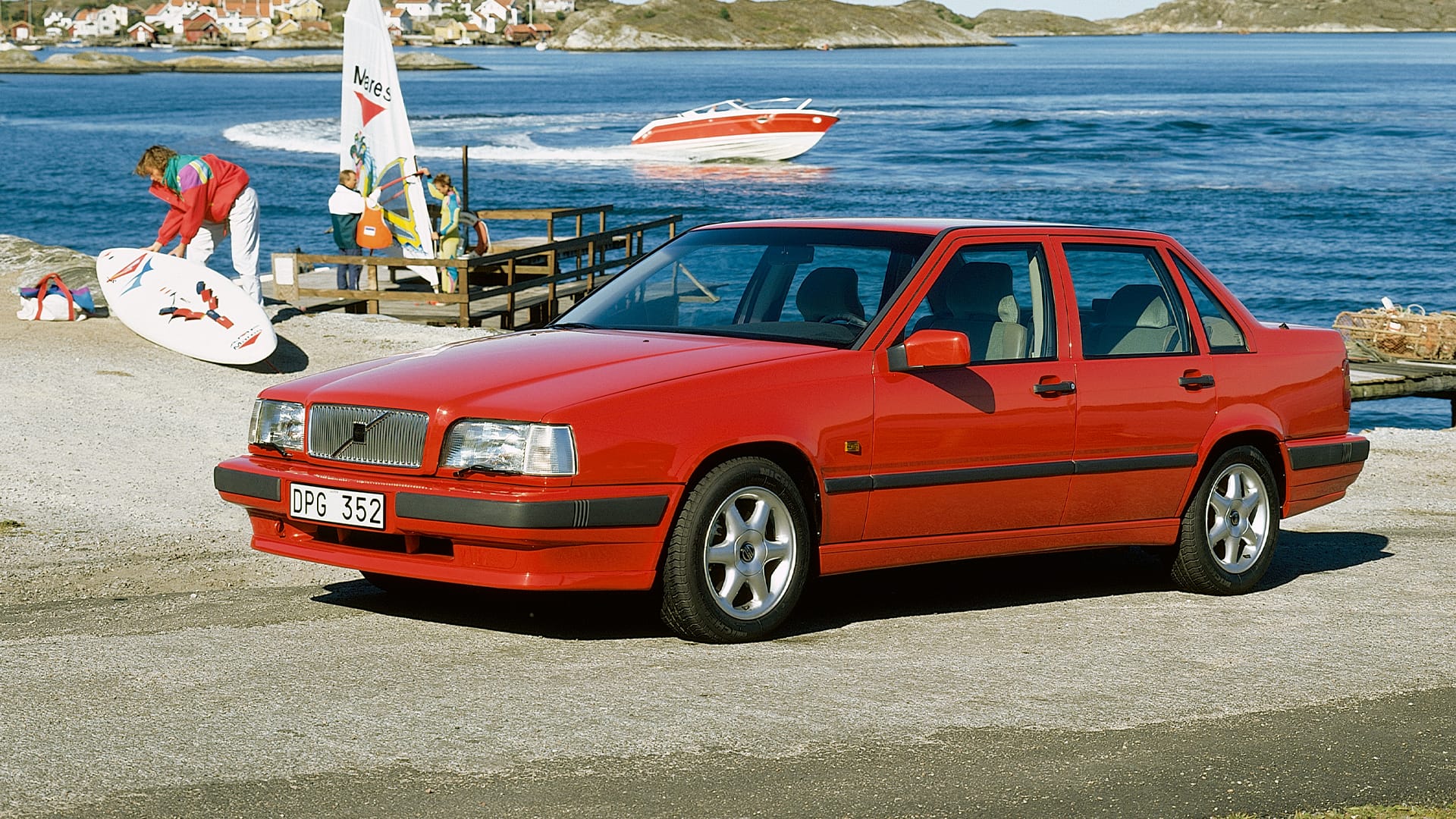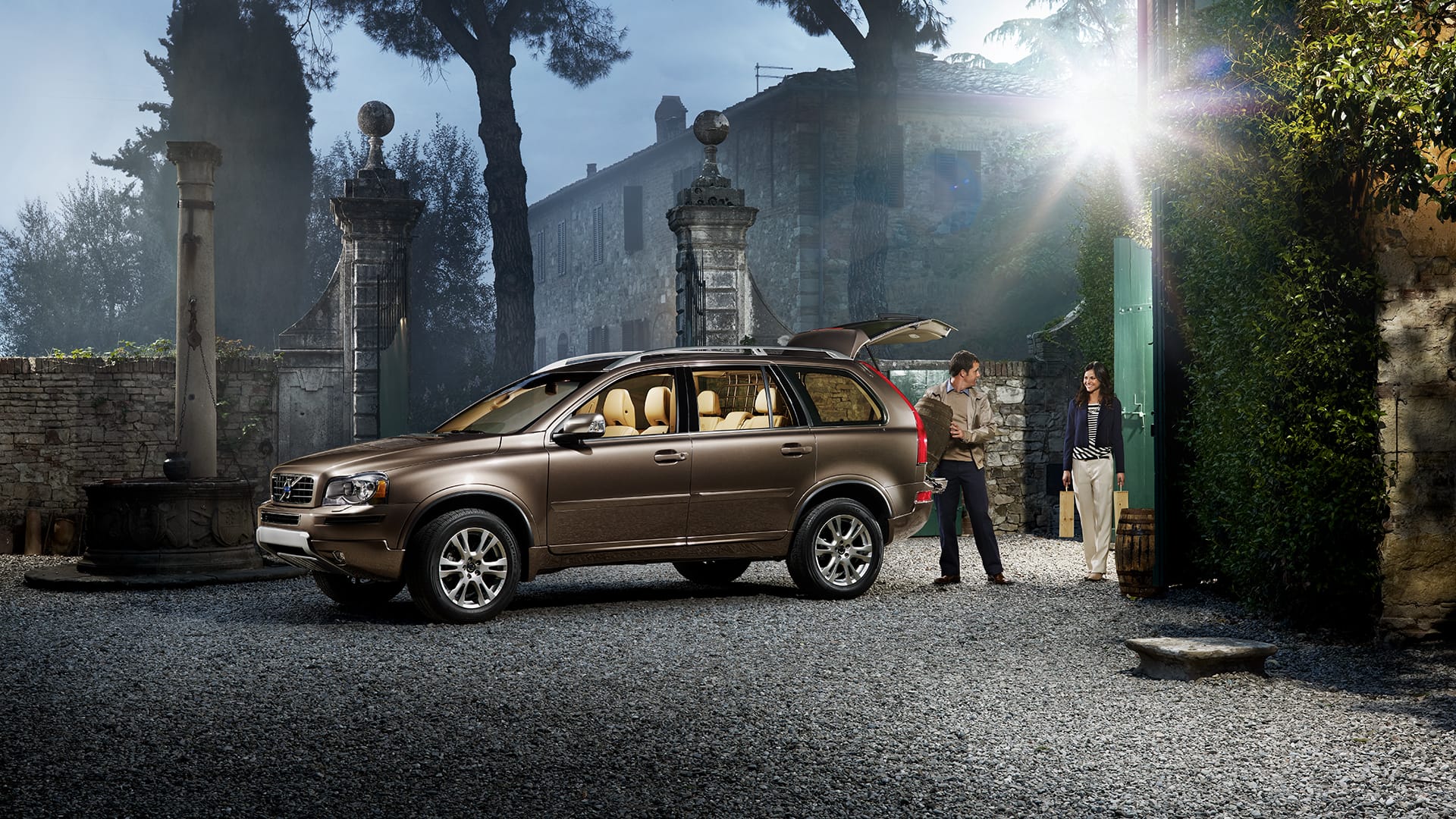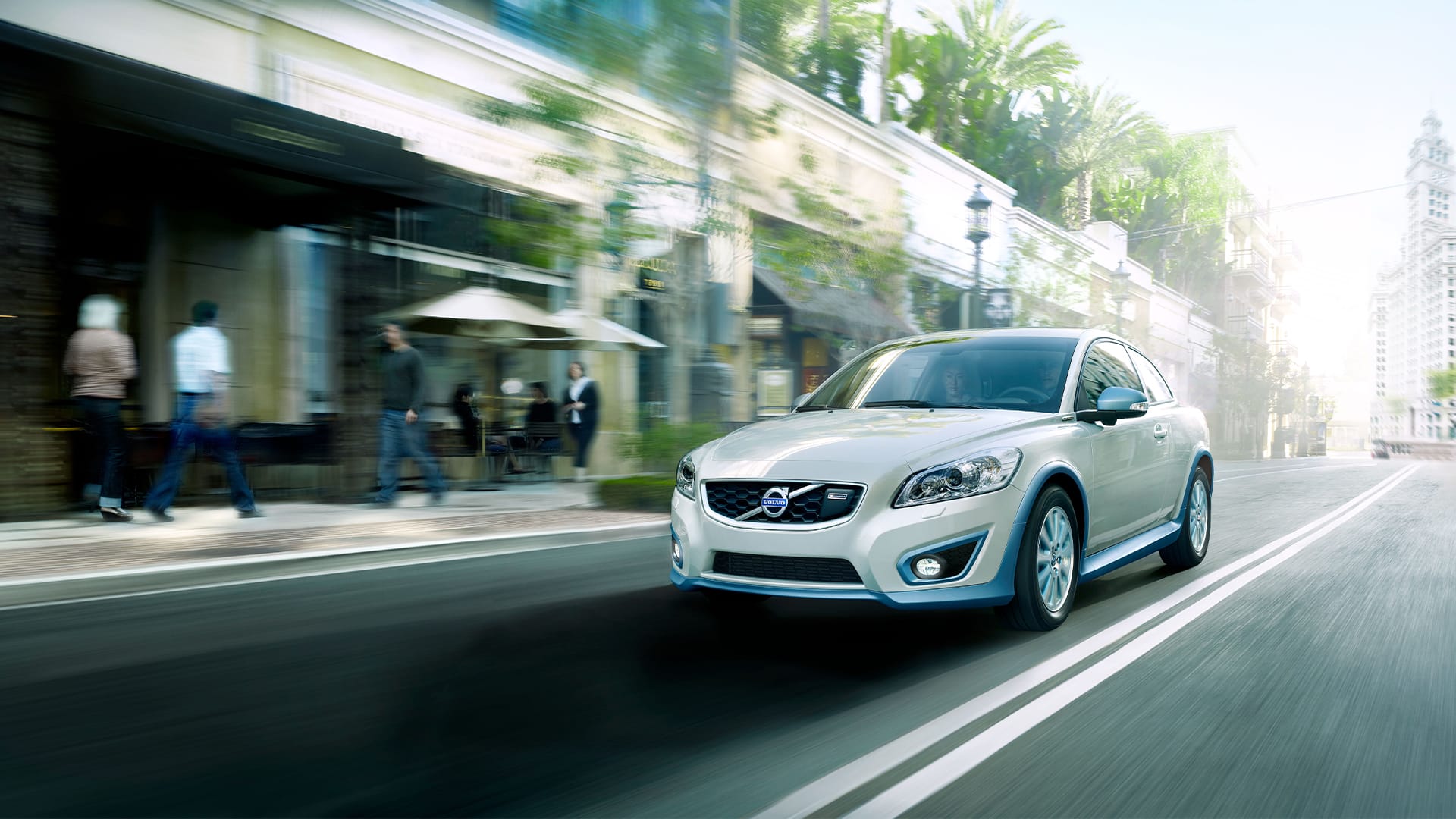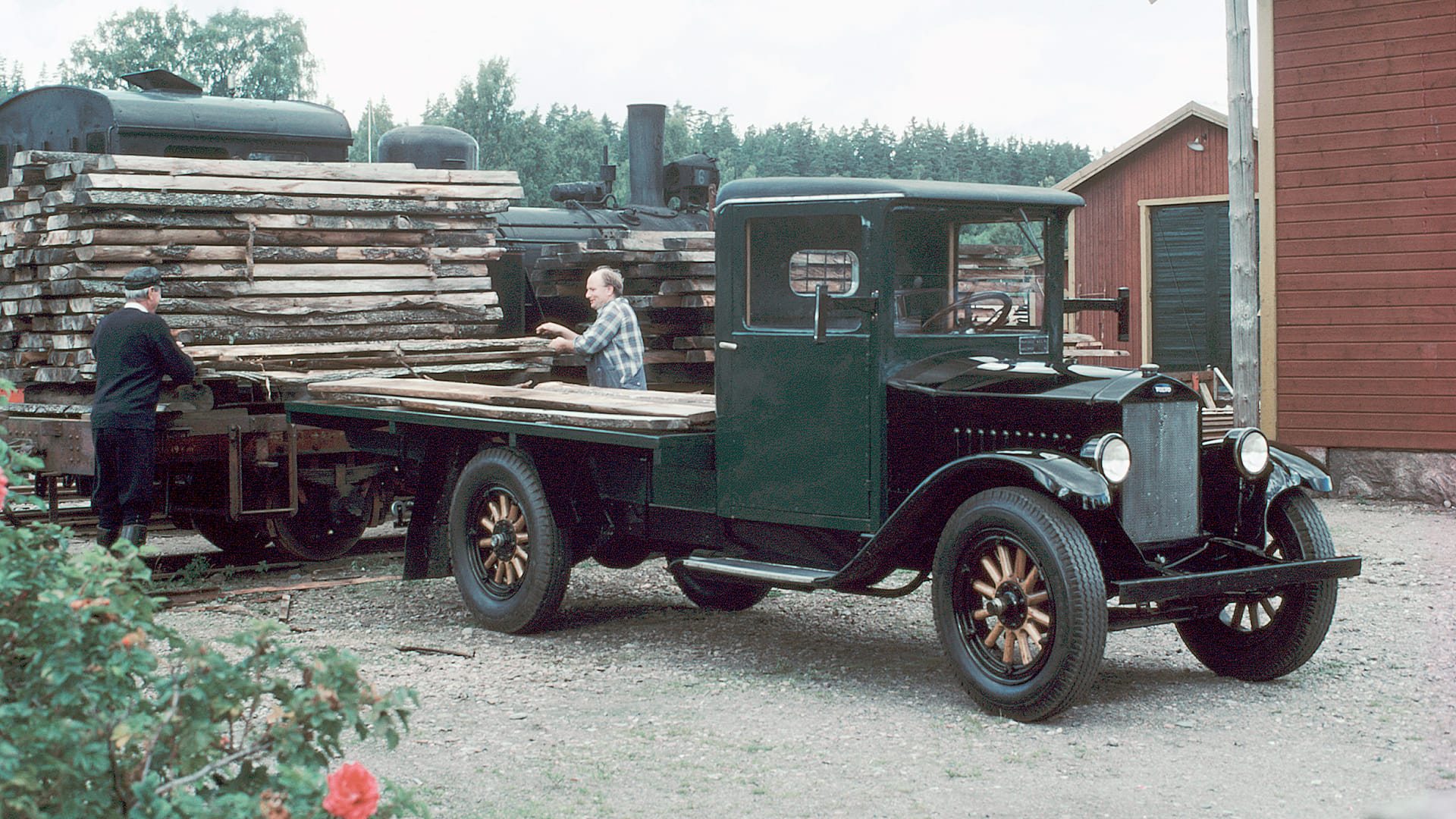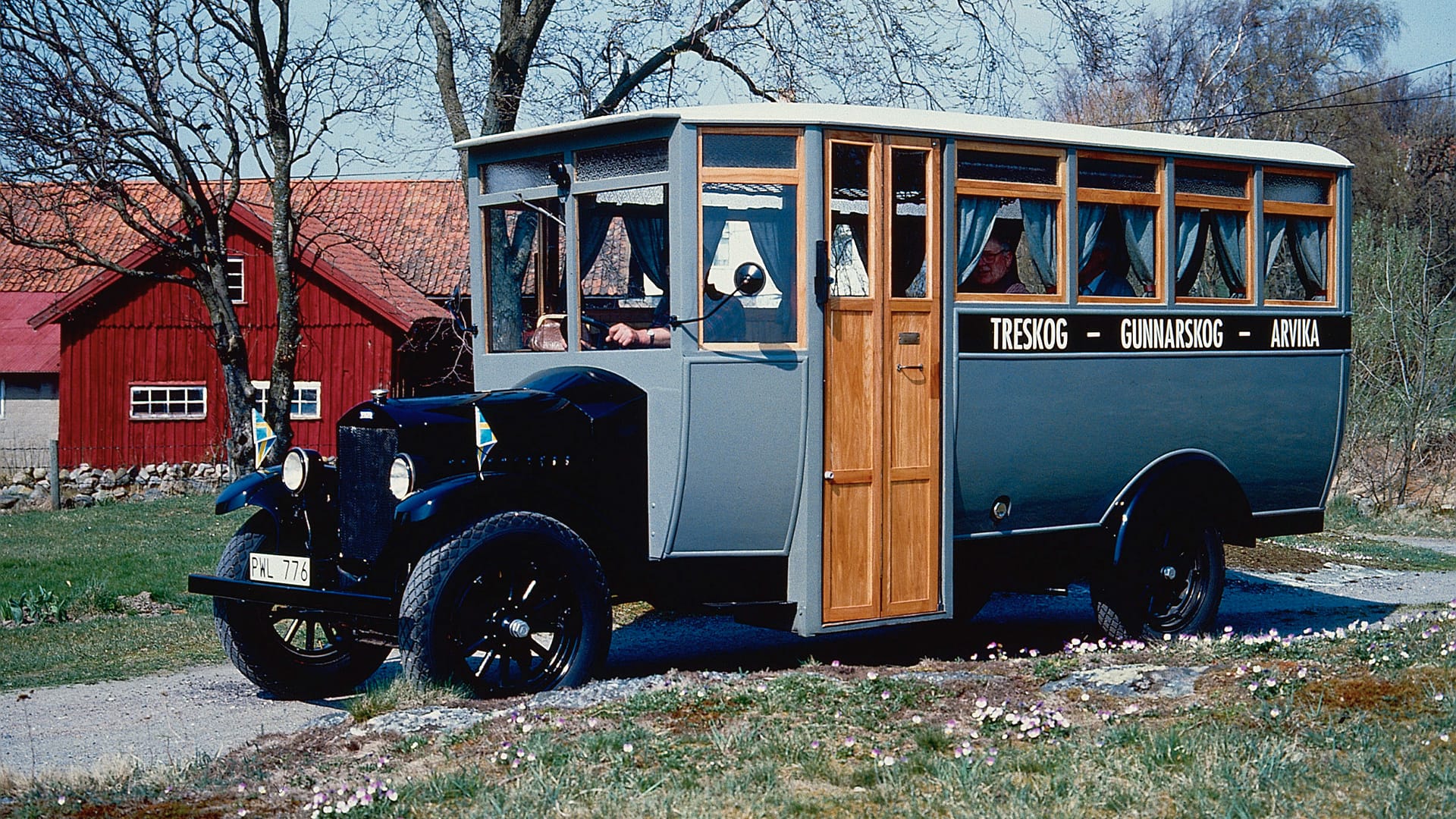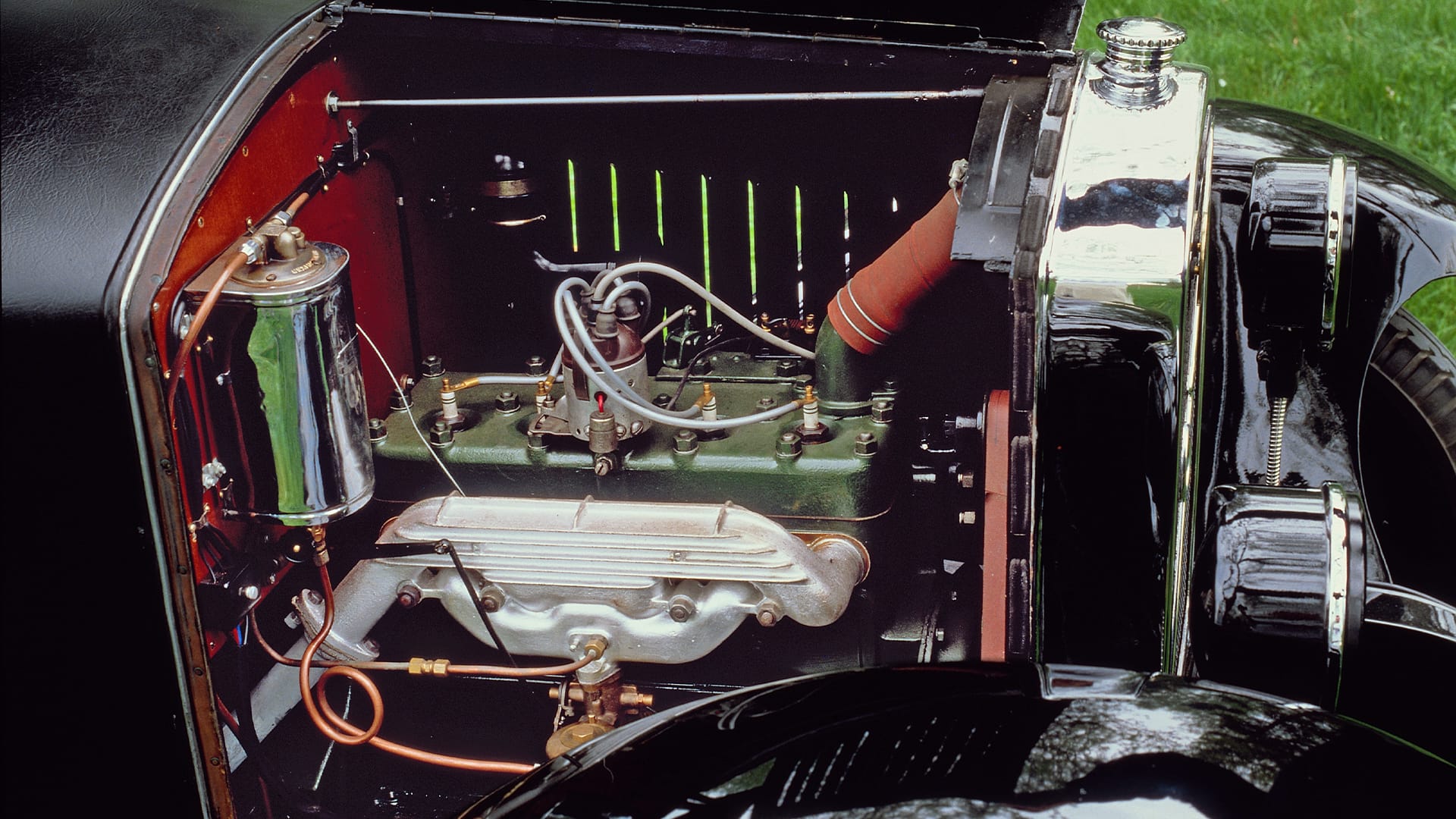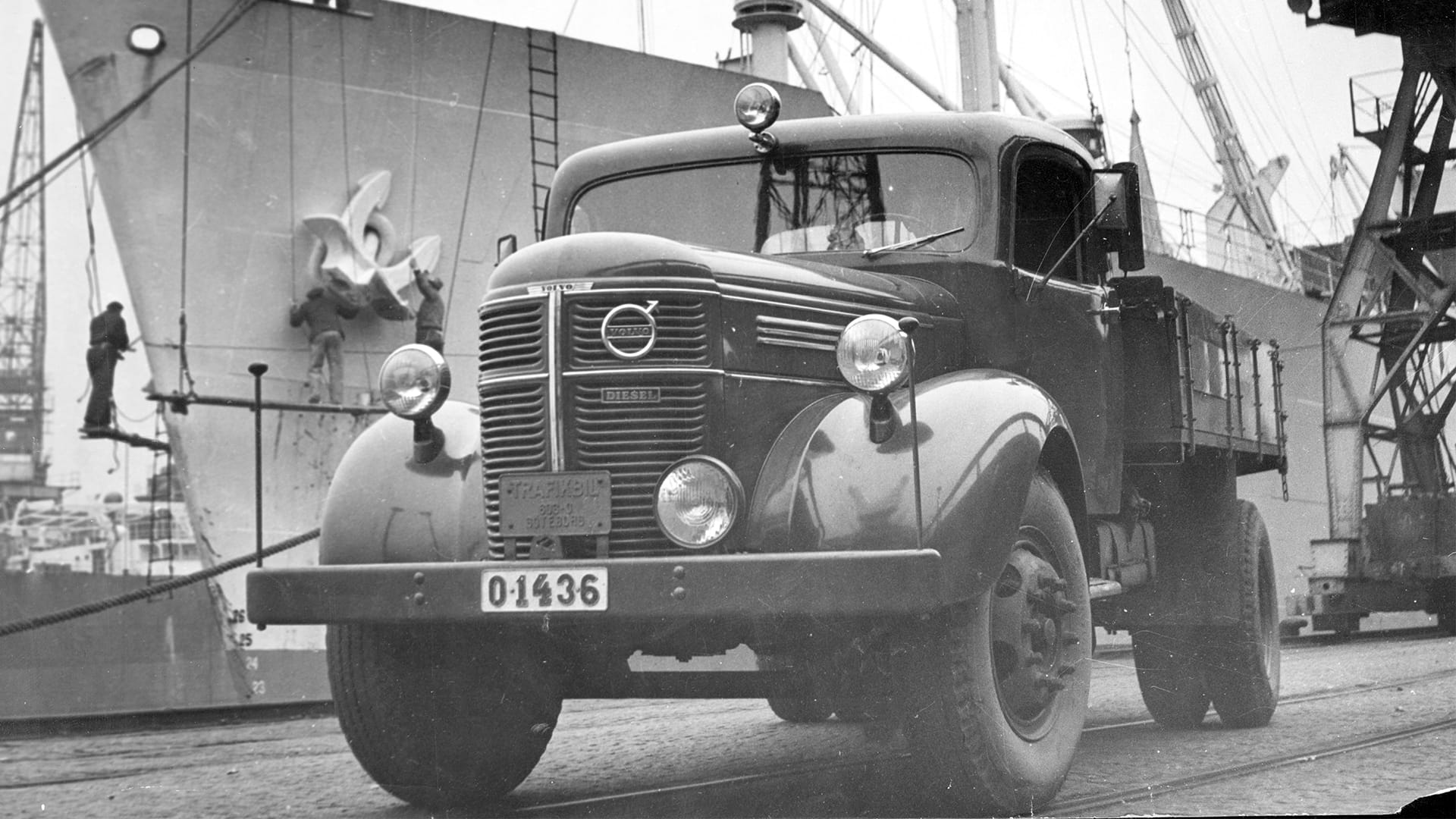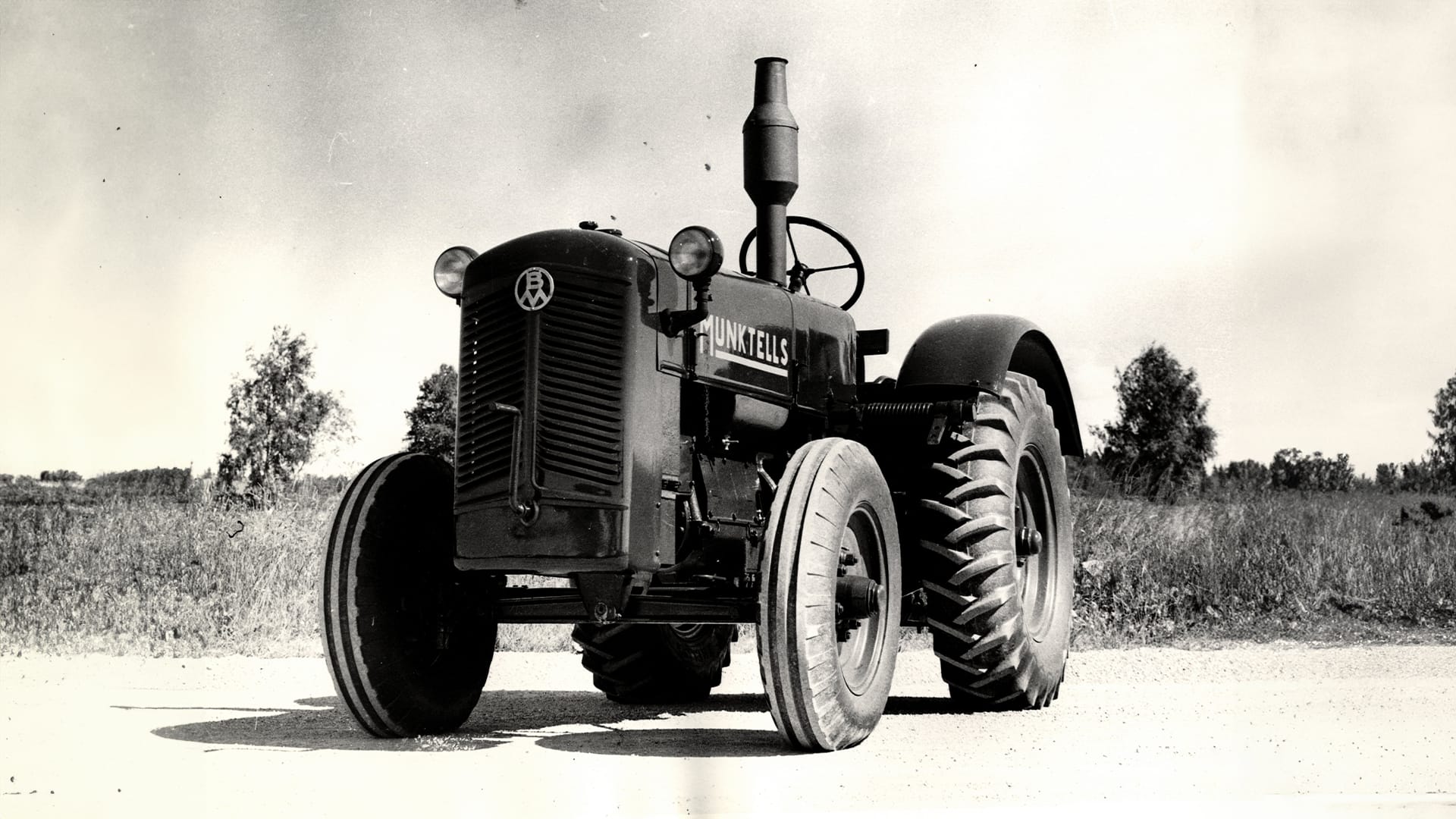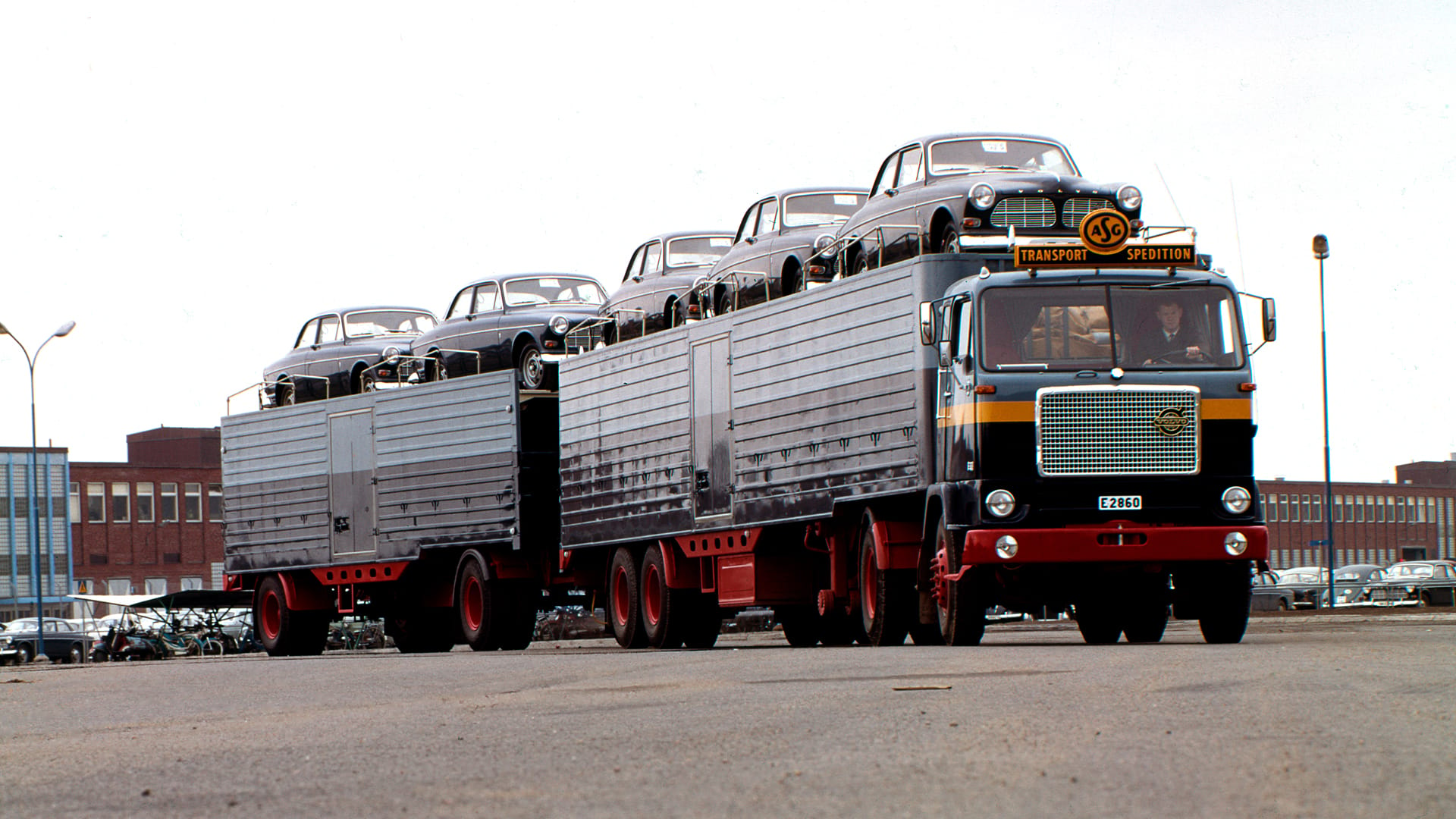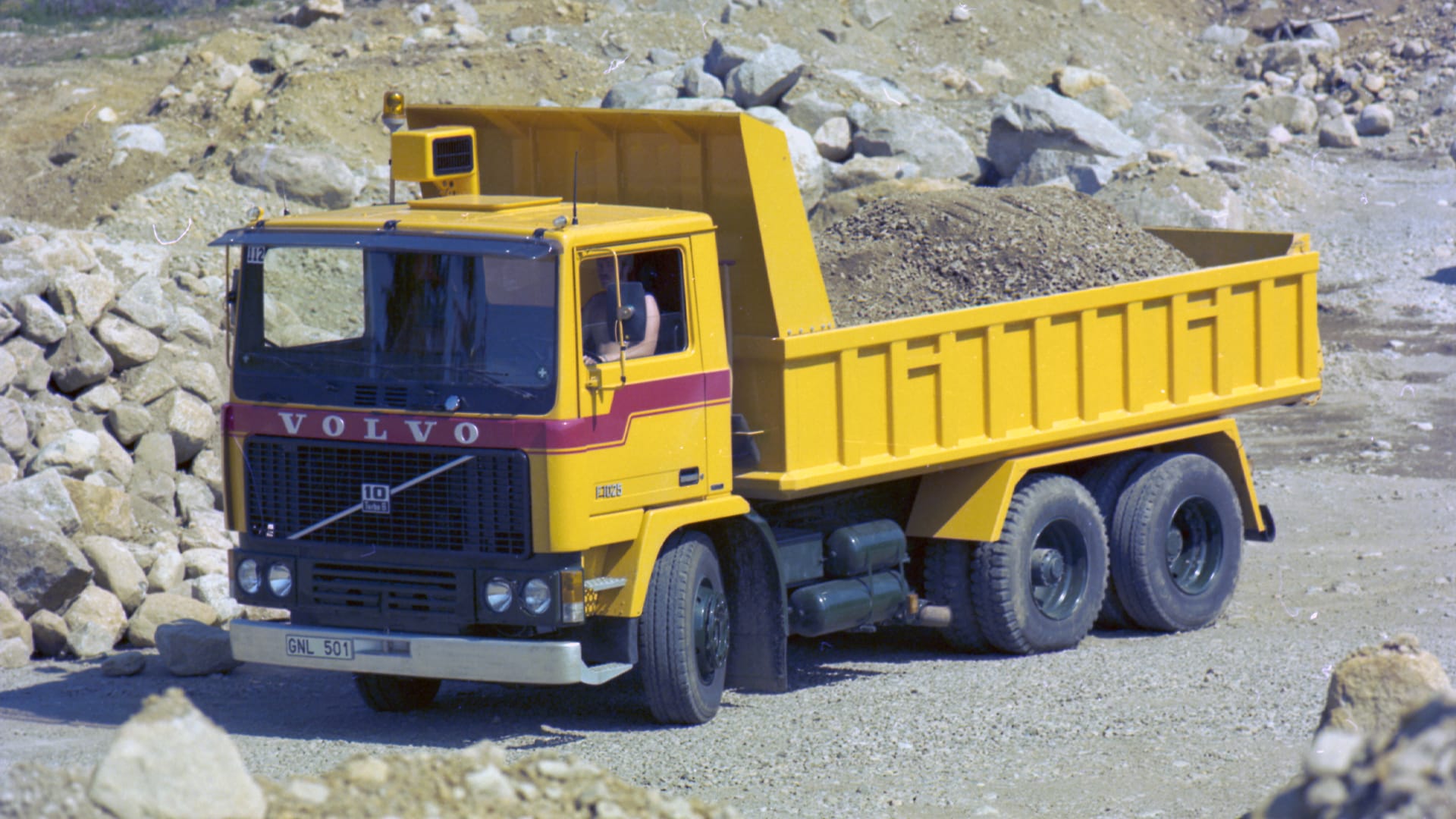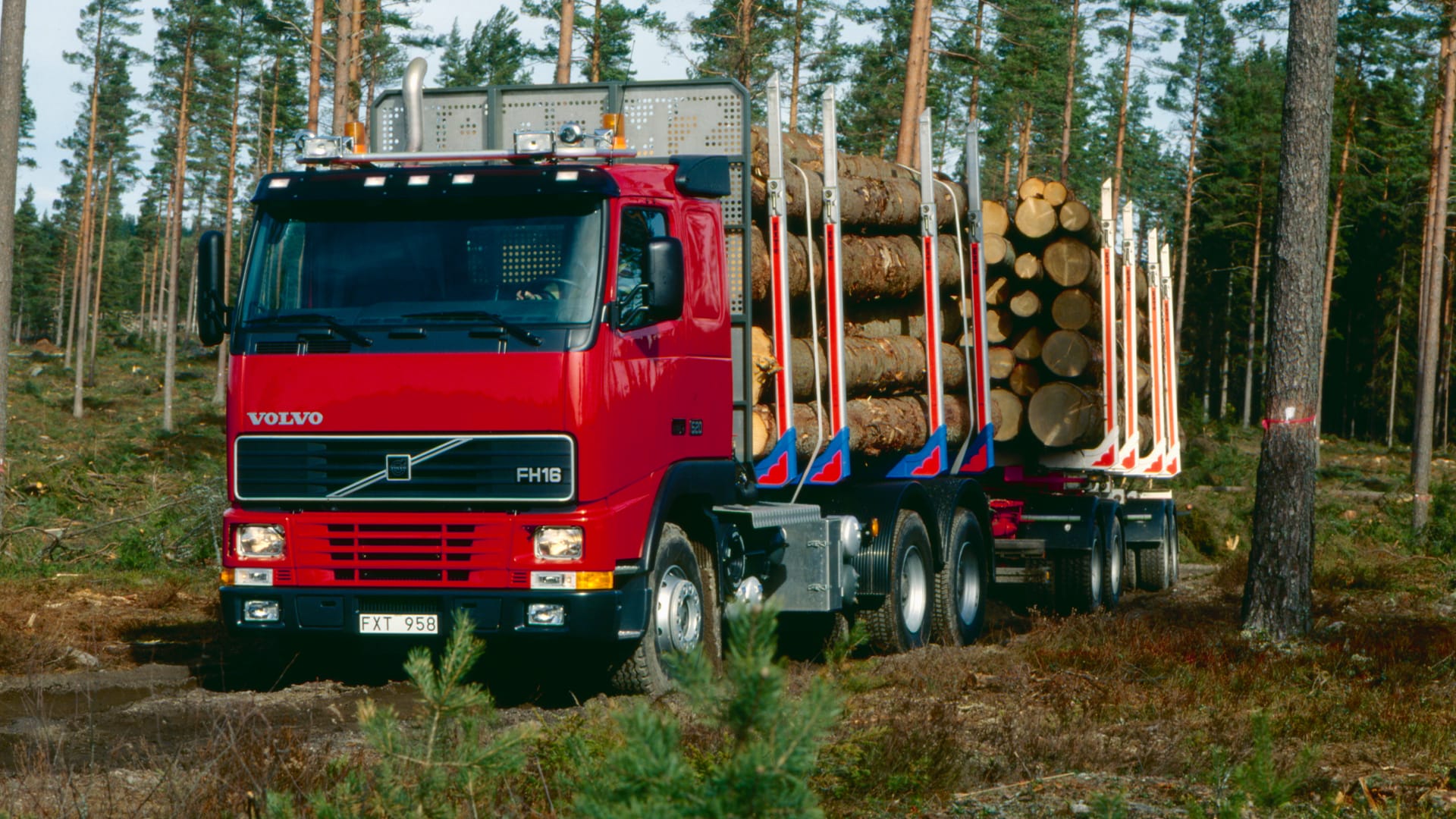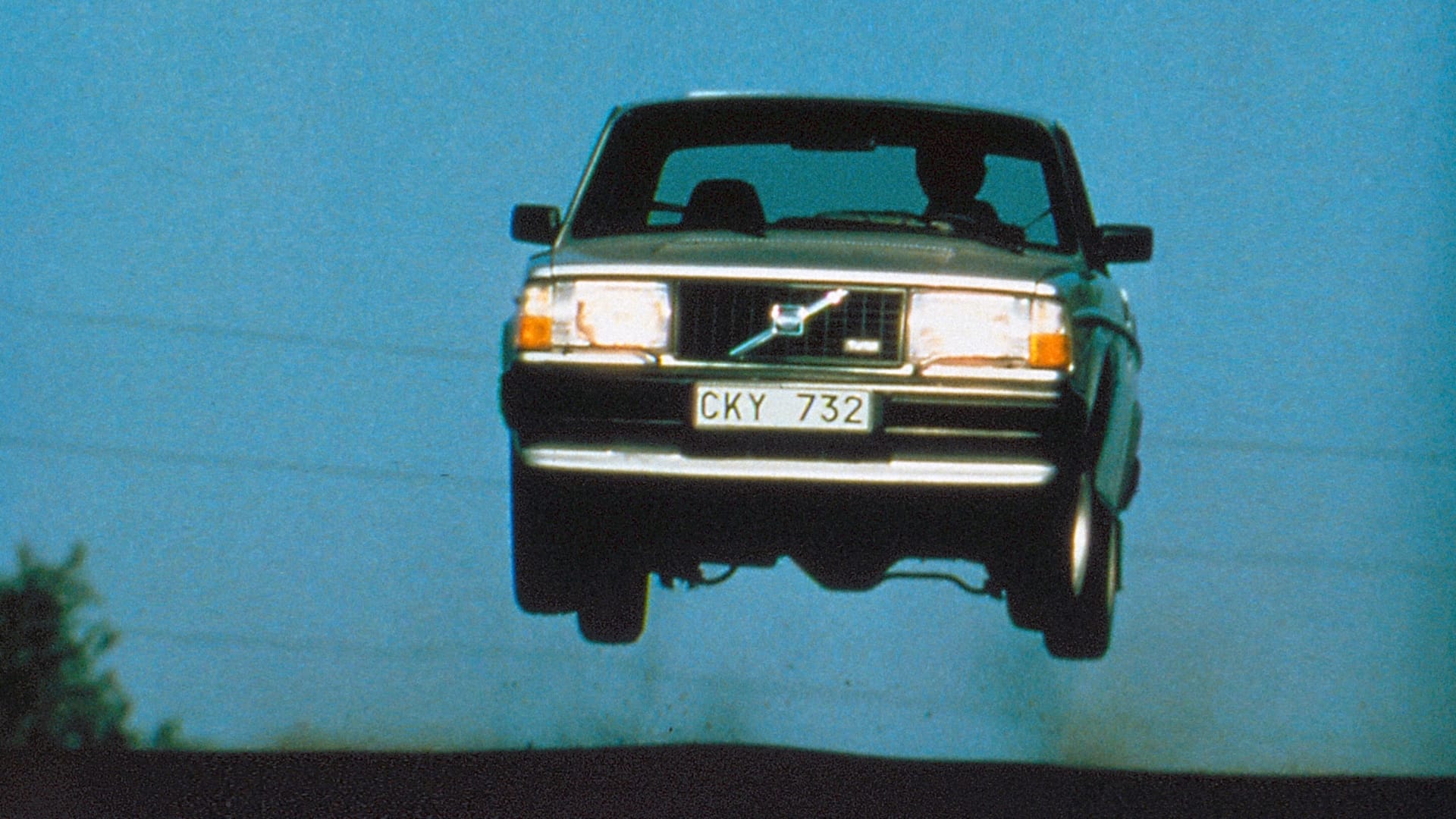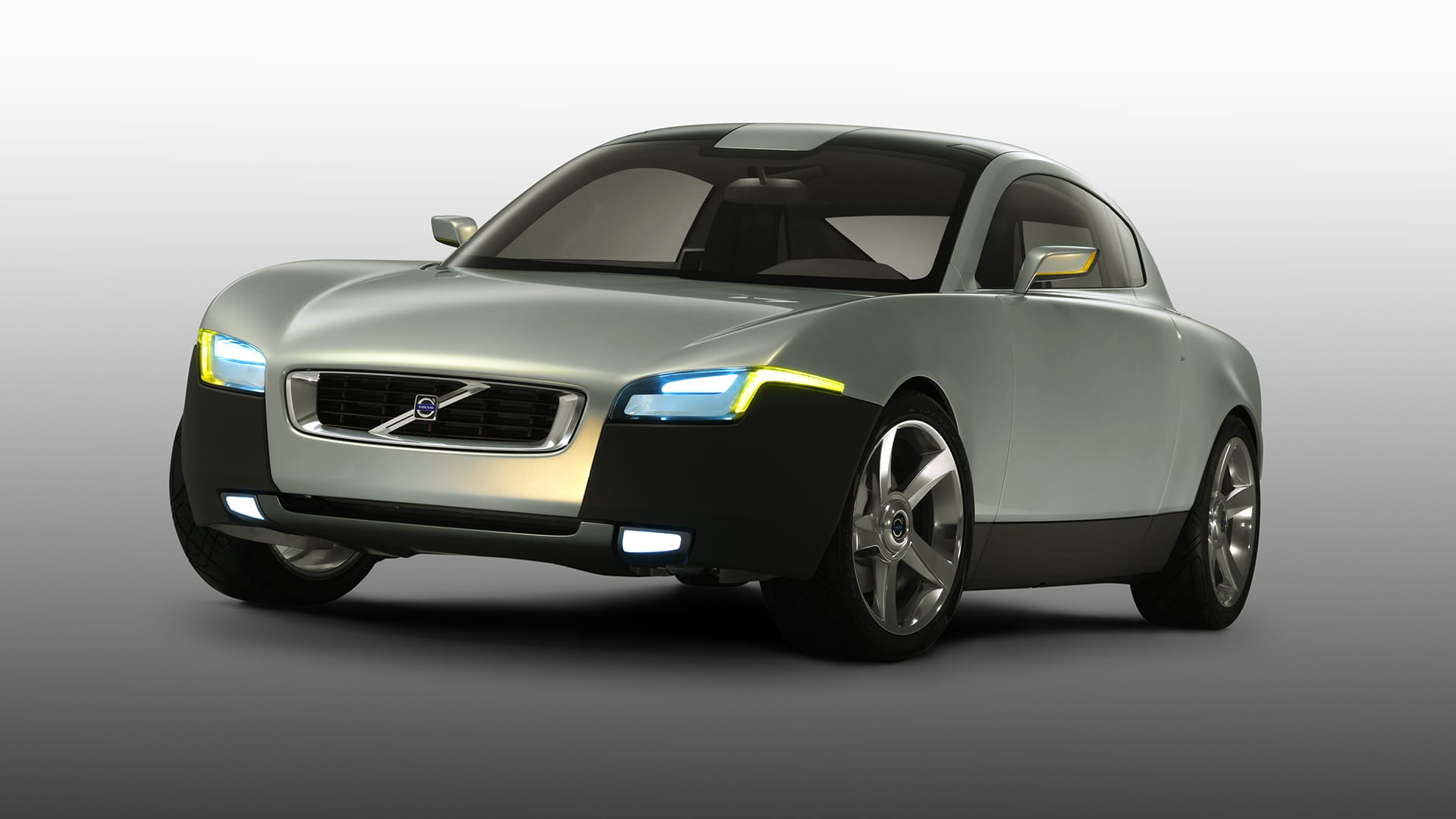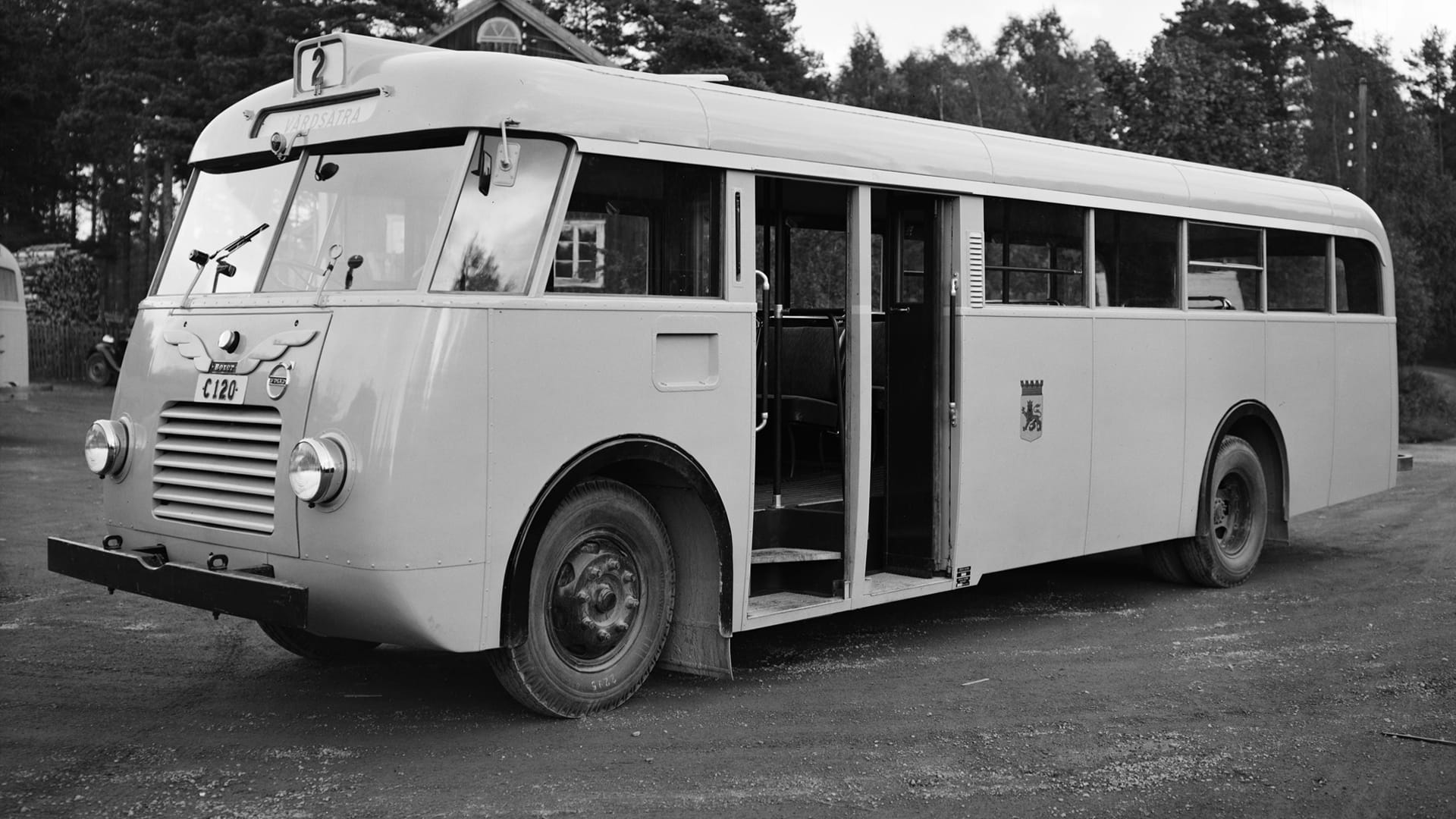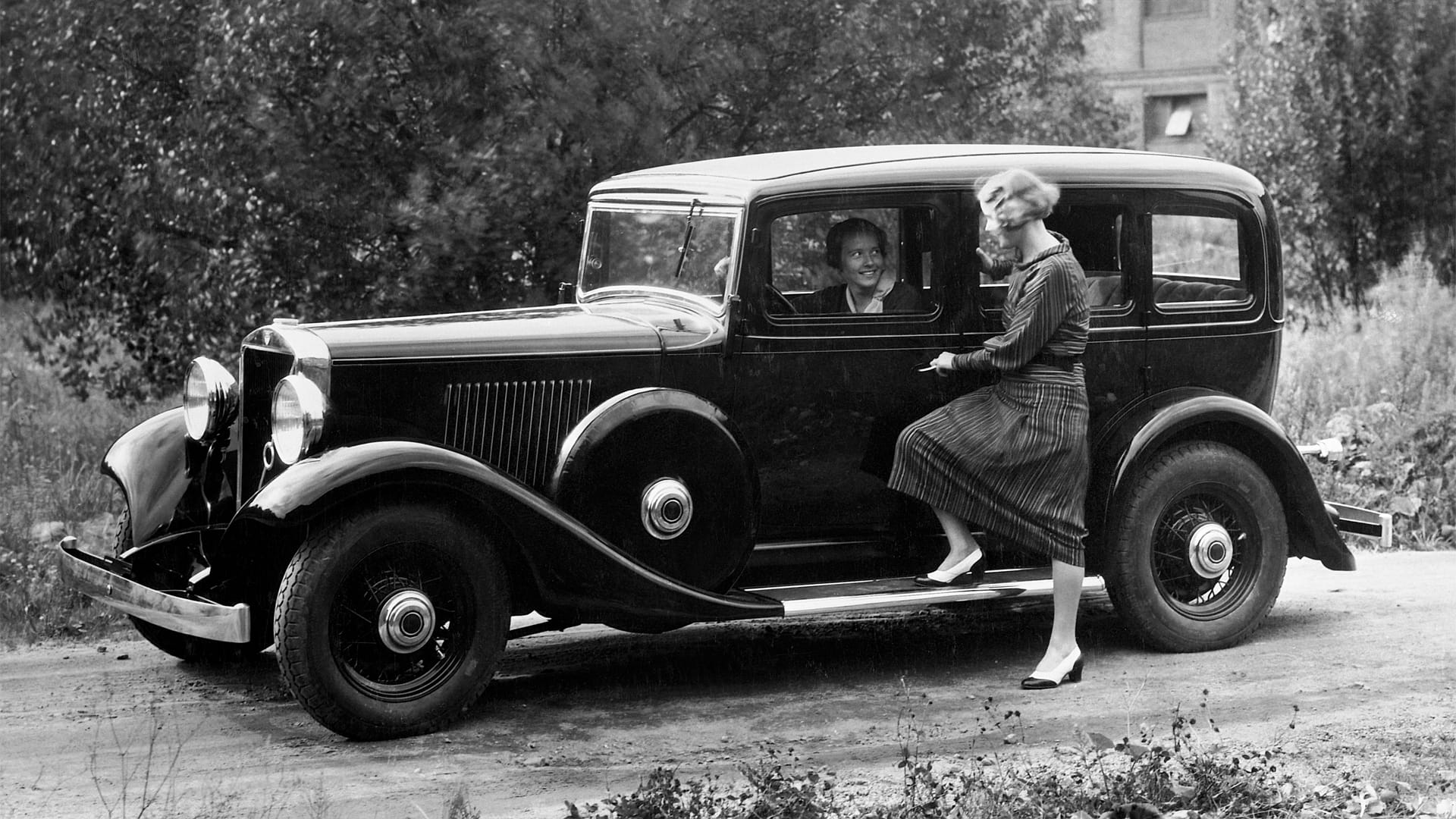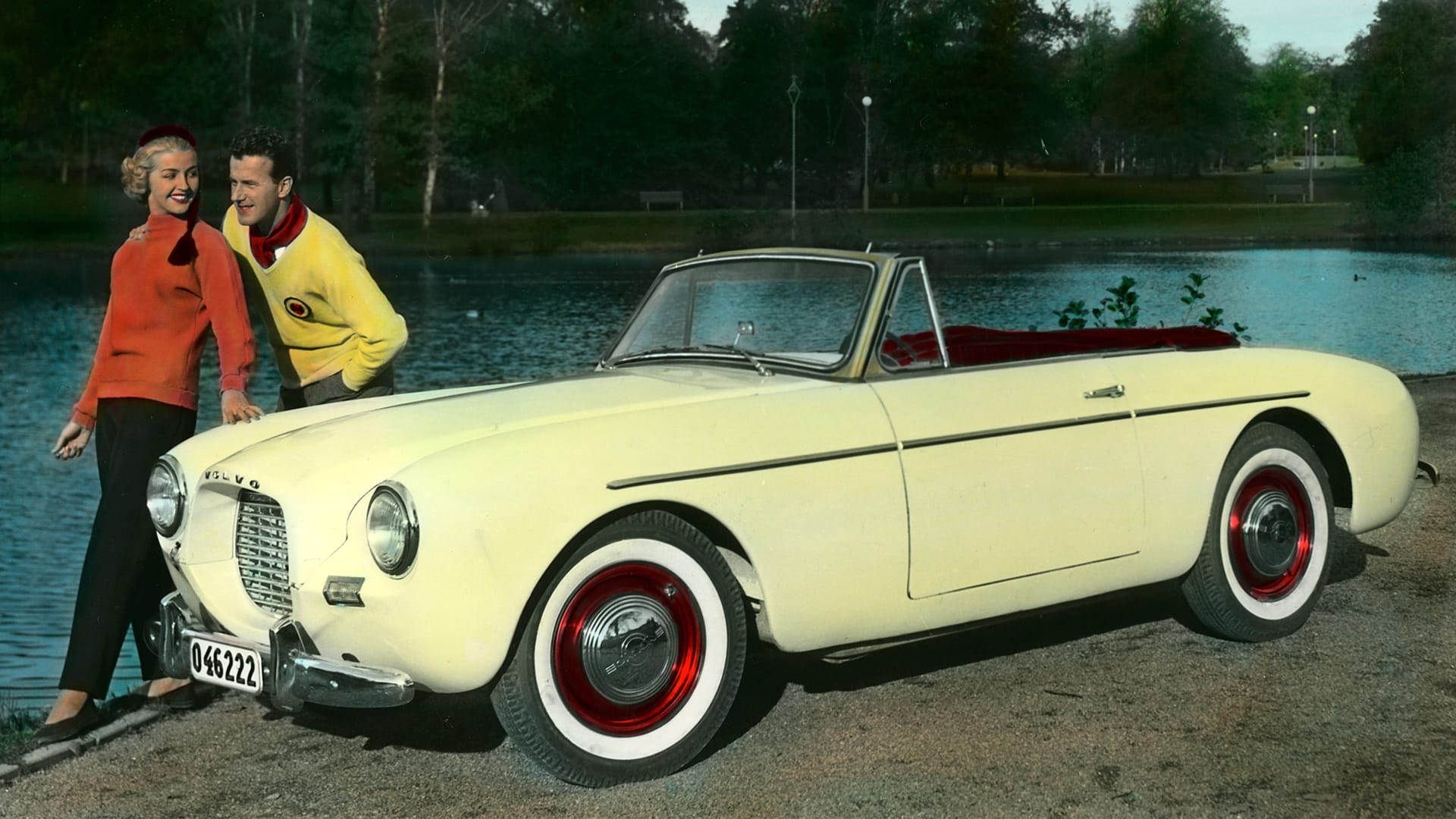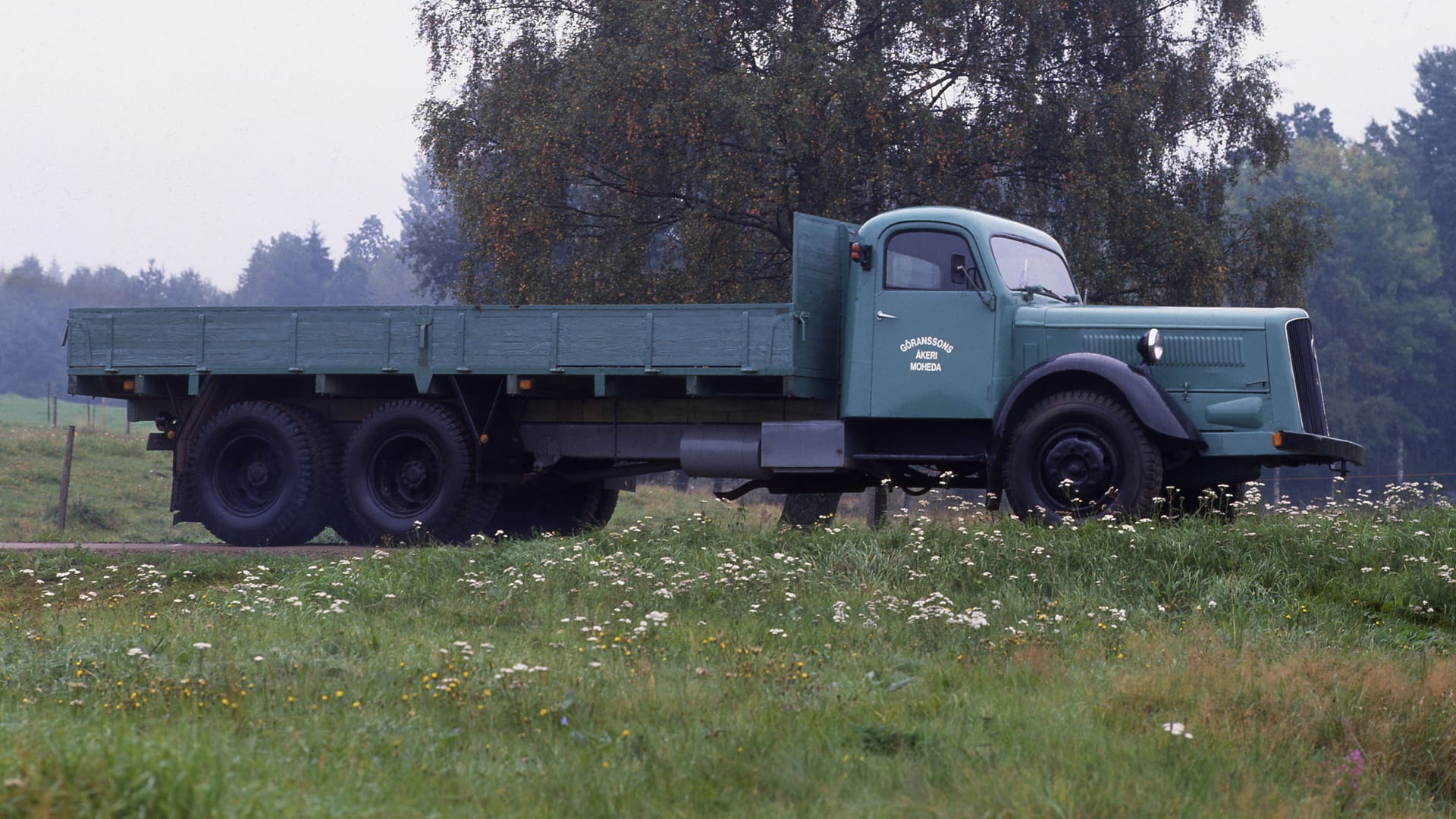Volvo PV802
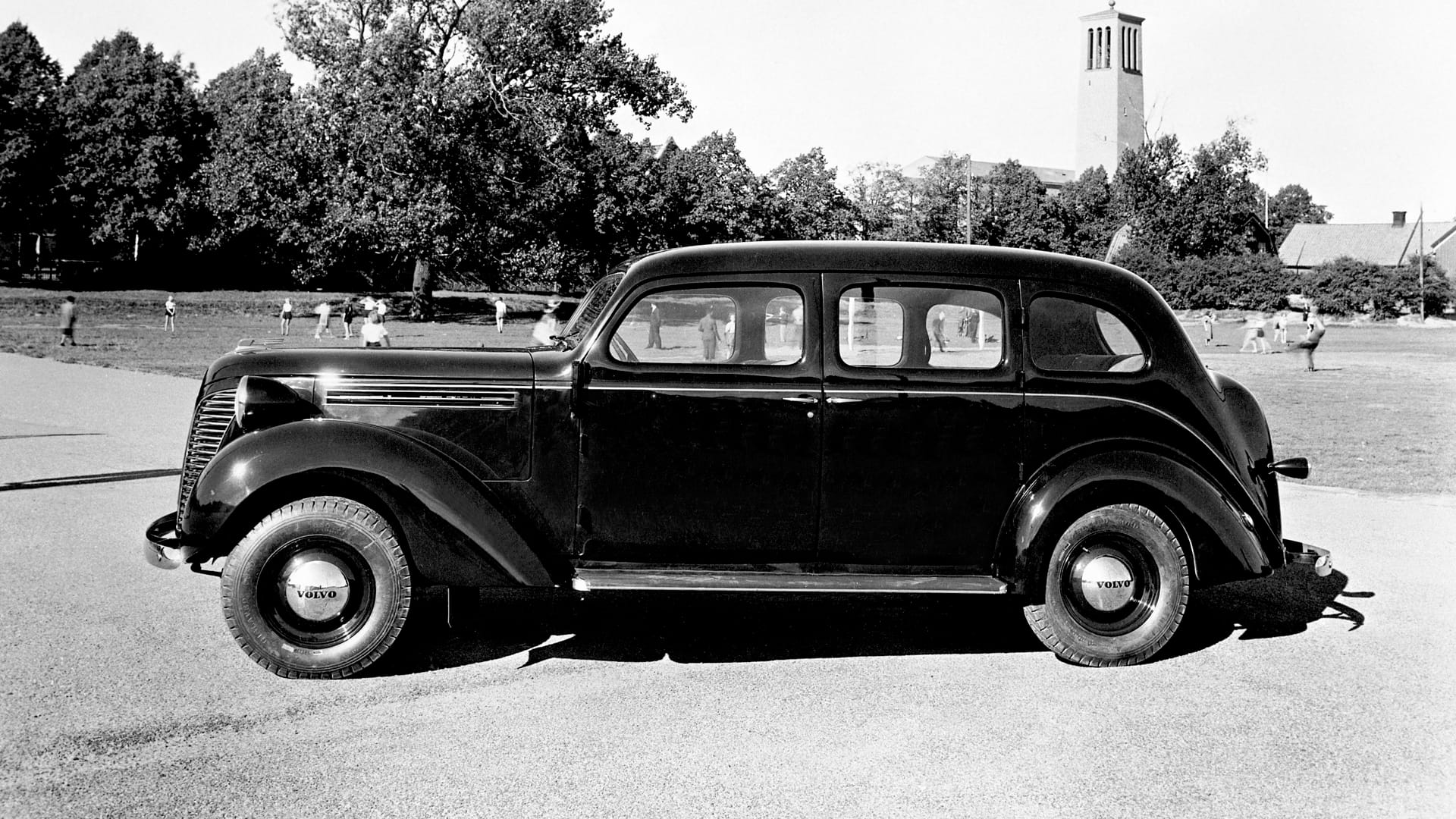
Room for all, ready for anything
A taxi lives a tougher life than most cars, driven hard and relied upon as both a workspace and transport. There’s no greater testament to a car’s quality, reliability, and comfort than being used as a taxi.
Volvo realised early on that taxis could help boost sales, and in 1930, the first dedicated taxi models were introduced. In 1938, Volvo launched the PV801 and PV802, two models with enhanced design characterised by a daring V-shaped nose and typical American styling with rounded contours. Both versions could carry eight people and could also double as backup ambulances, as all seats on the right-hand side could be folded down to enable a stretcher to be slid in through the boot.
The sky is the limit for Sweden’s first taxi
Sweden’s first taxi isn’t a Volvo but a Daimler. In 1899, the future king Gustav V buys the car from Germany, but he’s so disappointed with its performance that he sells it almost immediately. It’s then converted into Sweden’s first taxi. On the streets, the car competes with horse-drawn carriages, which are still a major operation at the time. In Stockholm alone, there are 129 registered carriage owners with 175 carriages and 1,390 horses.
Customers, however, are more than happy to queue for a ride in the new motorised vehicle, which soon inspires many imitators. These early taxis are simple affairs, built like horse-drawn carriages without doors or walls. Still, touches like rugs, curtains, and even an ashtray add a bit of comfort, as does the generous headroom – tall enough to accommodate a top hat.
At the same time, the telephone is becoming a practical tool. A number of poles with direct phone lines are installed, where horse-drawn carriages and motor taxis can park and wait for fares.
Riding the taxi wave
It isn’t until the 1920s that taxis really take off in Sweden. Like many other industries, it’s the end of the war that boosts the economy and sparks interest. Numerous new taxi companies are founded, and demand for suitable vehicles grows rapidly. The Ford Model T quickly dominates much of the taxi market. Against this backdrop, Volvo’s plans to develop a dedicated taxi model seem almost inevitable.
The first special taxi models, the TR671 and TR672, are launched in March 1930, based on Volvo’s first six-cylinder passenger car, the PV651. A chassis-only version, the TR670, is also offered for customers who prefer to have a custom body built by one of the many independent coachbuilders.
The name TR stands for Trafikvagn (Traffic Vehicle), with the number 6 representing the six-cylinder engine and 7 indicating seating capacity. The final digit denotes the specific version. With a wheelbase 15 cm longer than the PV651, the TR671 provides plenty of space for seven passengers, while luggage can be strapped to an external carrier at the rear.
A multi-tool on wheels
Despite the worsening economy in the early 1930s, which leaves fewer customers able to afford taxi rides, Volvo’s models sell well. The first vehicles are followed throughout the decade by a series of new models and versions: TR673, 674, 675, 676, 677, 678, and 679. Then, in 1935, the 7-series arrives with an 80 hp engine and a wheelbase of 325 cm. It’s produced in four versions, TR701 to TR704, until 1937.
The following year, two much more modern models debut: the PV801 and PV802. By this point, the designation has changed from TR (Trafikvagn) to PV (Personvagn), reflecting their passenger car status. The chassis and body are completely redesigned, but the engine remains the same as the 7-series: a six-cylinder, 3.7-litre engine producing nearly 90 hp. The front end is borrowed from Volvo’s smallest truck, the LV100, while the rest of the body is more streamlined than its predecessor.
The PV801 features a partition window, which the PV802 lacks. This design allows all three rows of seats to fold flat, making it possible to slide a stretcher through the car, adding versatility to the model.
The Taxi Sow
The series gets off to a rough start during the Second World War, as taxi usage declines and there are shortages of petrol and tyres. On top of that, the government has the right to requisition taxis for military use. Despite these challenges, the PV801 and PV802 manage a production run of ten years, lasting until 1948, with 1,631 cars built.
A few years later, the PV831 is introduced, earning the nickname “Taxisuggan” (the Taxi Sow). The fourth version, the PV834, is discontinued from Volvo’s lineup in 1958. After that, it takes another eight years before Volvo launches a new model specifically for the taxi market.
Fewer passengers, more luggage – the 1960s taxi rethinks space
The 1950s prove to be another tough period for the taxi industry. Private car ownership rises dramatically, and demand for taxis drops. However, when Volvo launches its new taxi model in 1966, it’s perfectly suited to the times: the Volvo 144. The car offers plenty of space for four passengers – now rarely more – along with improved luggage capacity. Since then, Volvo has maintained its tradition of producing special versions tailored for taxi use.
The question of what taxis of the future might look like has long intrigued people. As early as 1976, the Museum of Modern Art in New York hosts an exhibition, “The Taxi Project,” inviting five car manufacturers, including Volvo, to showcase their ideas. The theme of the exhibition is sustainability, featuring concepts such as steam-powered cars and hybrids.
Volvo puts its focus on safety and comfort. The boxy prototype includes tubular side protection, and instead of seat belts, passengers pull down a bar over themselves. The right-hand sliding door is electrically operated by the driver, and comfort features include a table lamp, a safe, and a fridge. The design is meant to be flexible, and Volvo’s prototype can even serve as an ambulance – just like the PV802.
